Duration of engagment
Short (3-12 months to establish preferential sourcing, then ongoing)
Cost
$$-$$$ depending on whether the company chooses to adopt existing standards and criteria and work with existing L/JIs, and whether its own purchasing systems can easily adapt to implement preferential sourcing
In the real world
Curating change through a qualifying list
At the 2015 UNFCCC Conference of the Parties, the then co-chairs of the Consumer Goods Forum Unilever and Marks & Spencer announced that each company would prioritize sourcing commodities from areas that have designed and are implementing jurisdictional forest and climate initiatives. Since then, they have worked closely with other companies, NGOs, and individual experts on how best to do so. The group’s resulting Commodities/Jurisdiction Approach (CJA) defines a set of criteria for evaluating jurisdictions’ forest and climate progress, and curates a list of jurisdictions that quality. Companies can use this list to inform their procurement decisions with a preferential bias toward qualifying jurisdictions as a complement to their supplier-specific sourcing criteria. The CJA enables companies sourcing different commodities from multiple geographies to adopt a harmonized approach to drive increasingly sustainable outcomes.
Keeping an eye on ethical commitments
The Accountability Framework Initiative (AFi) is a collaboration of global and regional environmental and social NGOs. It provides guidance to companies on how to establish, implement, and monitor ethical supply chain commitments. AFi has produced brief guidance on preferential sourcing from L/JIs, and how the incentives and rewards from doing so can drive measurable progress. Yet it also cautions against completely disinvesting from problematic jurisdictions. Rather, companies should keep sourcing from sustainable suppliers within those jurisdictions, while closely engaging with government, suppliers, NGOs, and communities to bolster sustainable production and forest protection in the jurisdictions overall.
Key points for companies
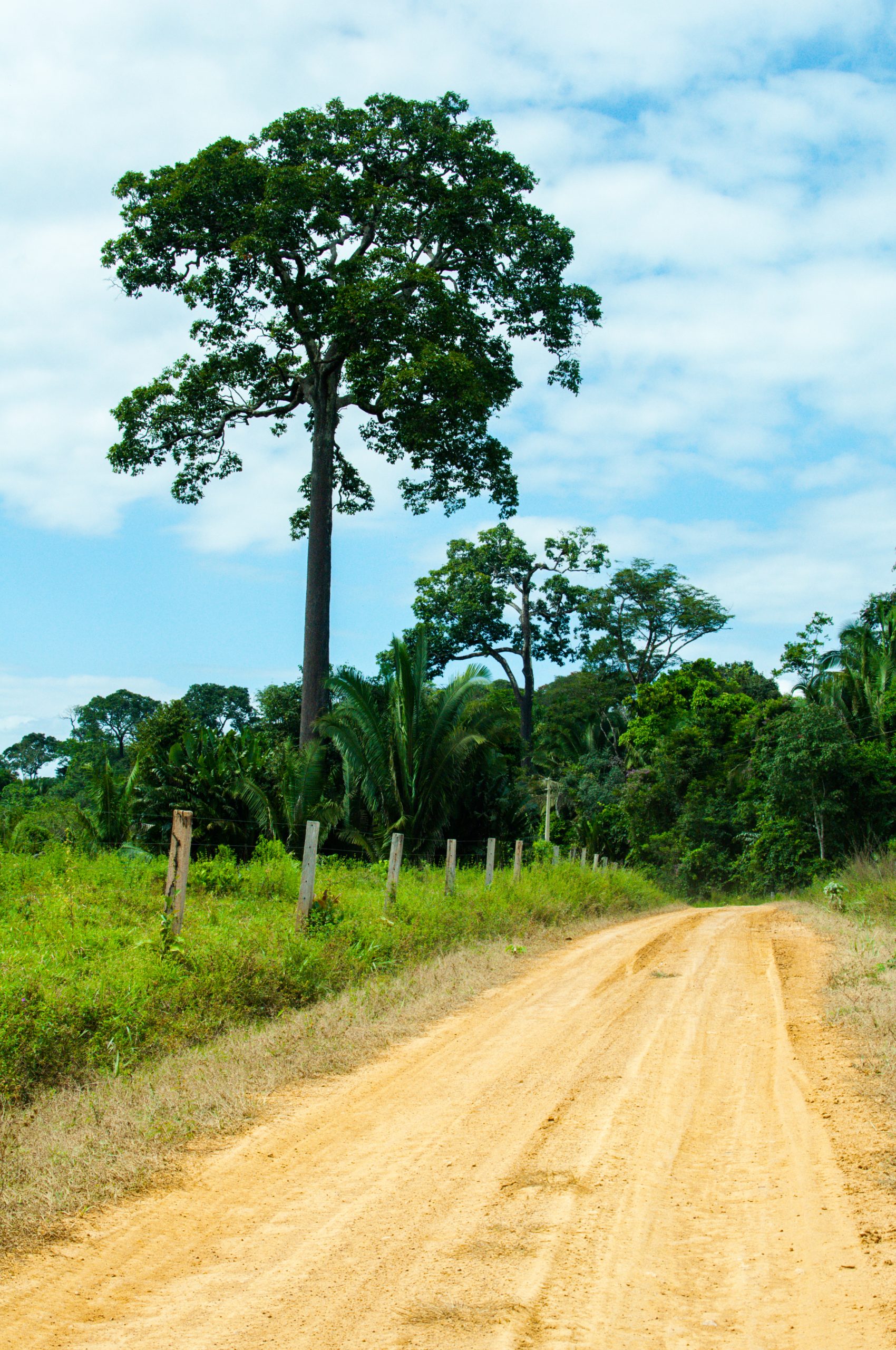
Adoption: Adopt clear and consistent criteria for preferential sourcing at the landscape/jurisdictional level. These criteria will define levels and types of preference in sourcing, and the conditions under which the company will reduce or discontinue sourcing from suppliers in a given landscape/jurisdiction.
- Criteria for measuring the quality of L/JIs should address their social, environmental, and economic goals; strategic plans; role of governance and policy; and M&E system. The Commodities/Jurisdiction Approach is one tool that provides predetermined criteria for assessing L/JIs.
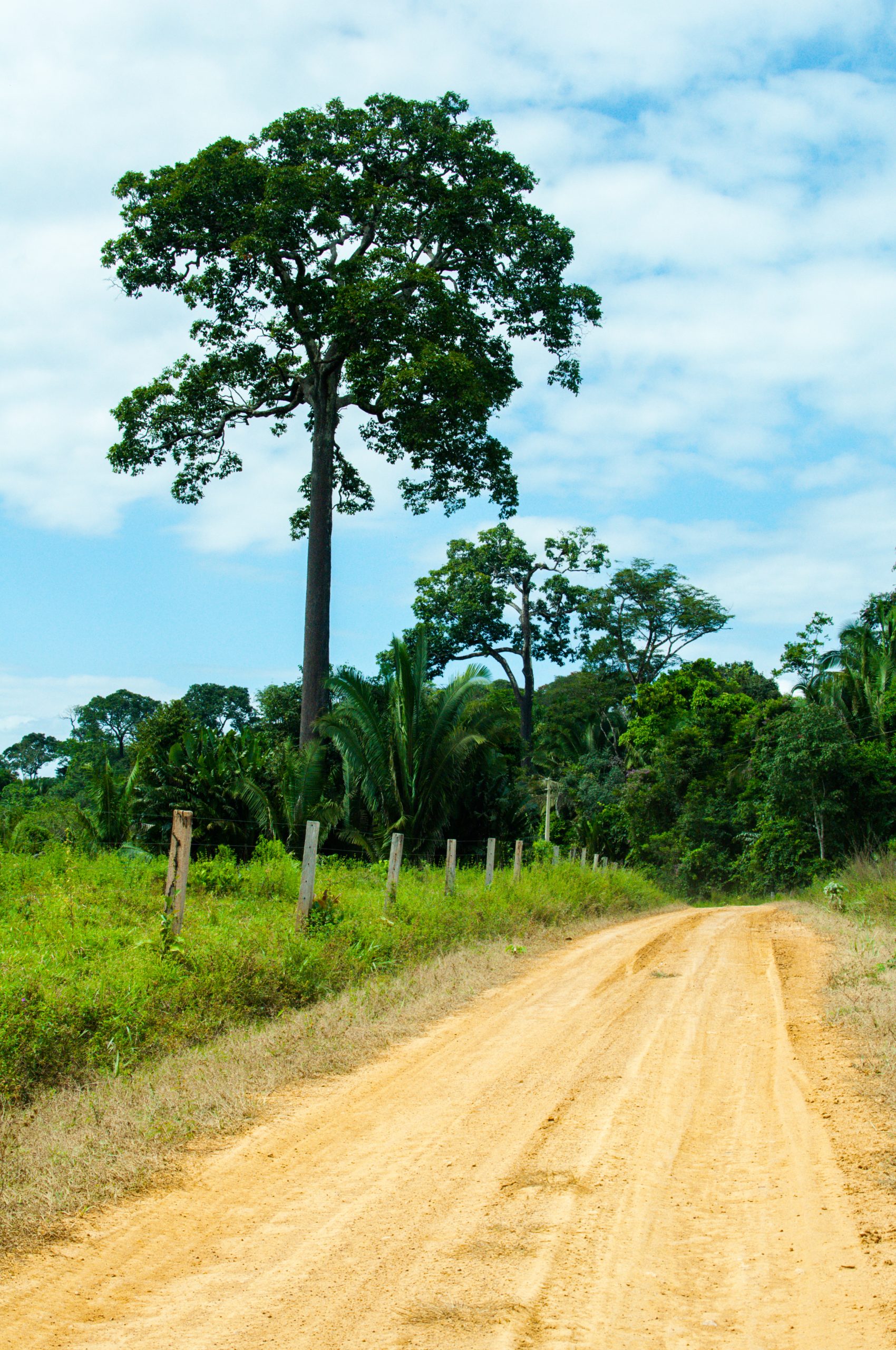
Implementation: Seek new suppliers within landscapes/jurisdictions that meet selected criteria and/or expand sourcing from existing suppliers in these regions. For early stage L/JIs, companies may still need to assess and verify whether individual suppliers comply with social and envi-ronmental targets. As more advanced L/JIs can demonstrate a high level of effectiveness in stopping deforestation and exploitation, companies may be able to rely on monitoring done at landscape/jurisdictional scale to ensure suppliers meet their sourcing criteria. Companies should publicly specify their use of landscape/jurisdictional preferencing, criteria, and preferred sourcing regions. This sends a clear market signal that progress at that level of the landscape/jurisdiction strongly informs sourcing decisions.
- Link decisions to decrease purchases from jurisdictions struggling to meet sustainability criteria with ongoing dialogue and engagement with other purchasers, and with the government, suppliers, and other stakeholders in the region. This incentivizes improvement, rather than just letting these jurisdictions default to supplying purchasers with lower standards.
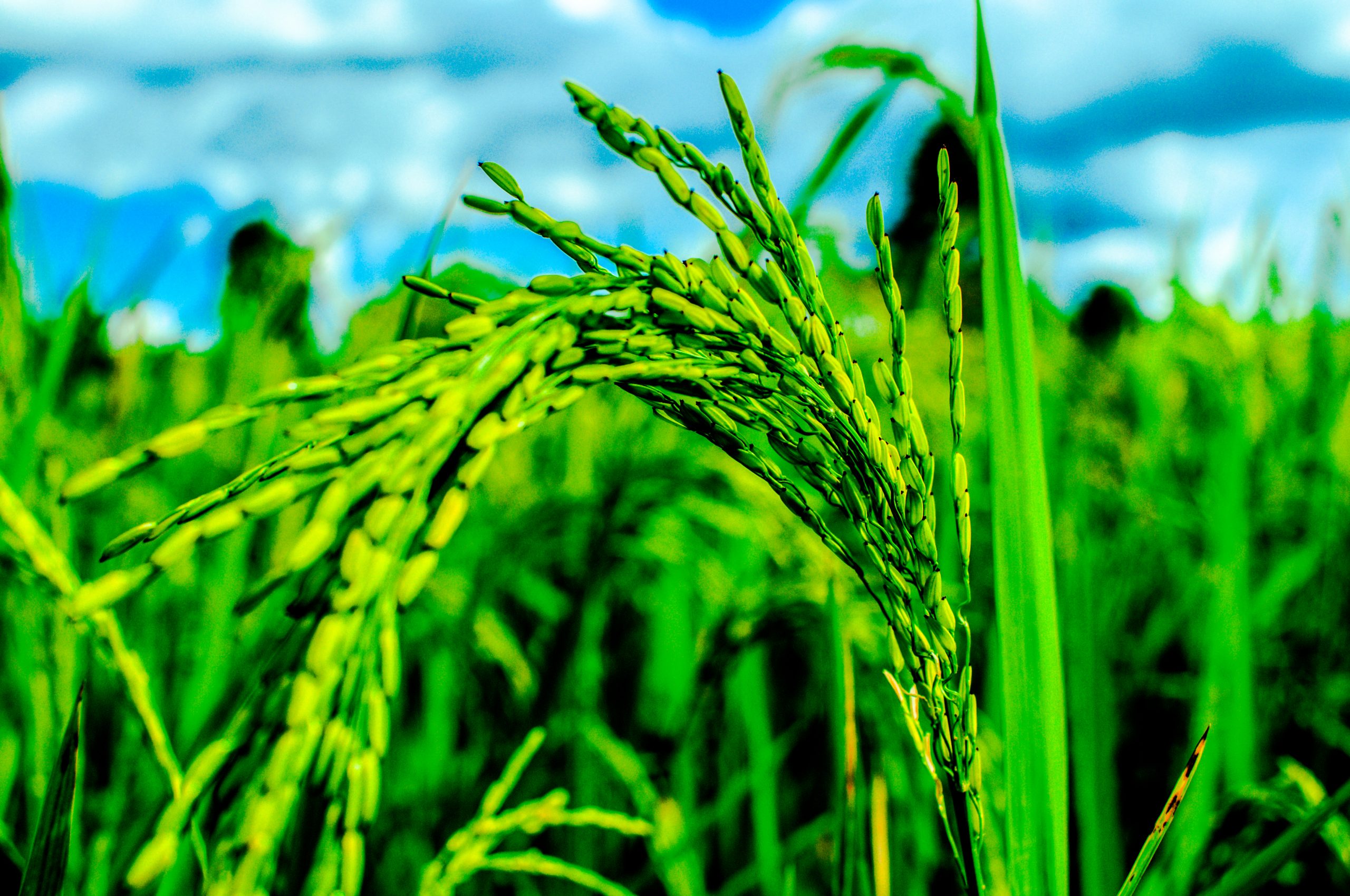
Growing support: Engage directly with L/JIs to help them achieve and maintain their qualifications for preferential sourcing. Brands and retailers with purchasing power can profoundly influence suppliers and governments within a landscape/jurisdiction and should coordinate on preferential sourcing approaches through industry platforms such as the Consumer Goods Forum. The combined influence of several major downstream purchasers can have far greater influence than when purchasers act alone.
External conditions that improve likelihood of success
- Stakeholders have access to existing standards and approaches to preferential sourcing from successful L/JIs
- Forums exist for companies to speak to and coordinate with other purchasers of the same commodity, both globally and at the level of individual jurisdictions
- On its own or by working with other purchasers, a company exercises significant leverage over suppliers in priority jurisdictions
- The company can shift a significant proportion of its sourcing to send clear market signals to both preferred and non-preferred jurisdictions in the supply chain
The business case for this intervention
- By adapting a landscape/jurisdiction-level set of preferences, a company can simplify supplier selection and sustainability verification.
- By coordinating preferential sourcing with other purchasers, a company can significantly increase its leverage on landscape/jurisdictional actors and accelerate progress toward sustainable production and forest protection.
- Over time, the spread of preferential sourcing at the landscape/jurisdiction-level can expand the number and diversity of qualified suppliers, with potential financial and sustainability benefits to purchasers.
Duration of engagment
Short (6-12 months to establish, depending on availability of data)
Cost
($)
Staff time for ongoing data collection and monitoring
($-$$)
Cost to establish/strengthen landscape/jurisdictional partnerships for traceability and certification
($$)
Cost to create baseline data for traceability and certification
($$-$$$)
Cost of technical assistance to set up traceability and certification systems
In the real world
Expanding certification through Centers of Excellence
In Indonesia, companies are working with member districts of the Sustainable Districts Association (LTKL)to create jurisdiction-level commodity certification. Participating companies include Musim Mas, PepsiCo, Mondēlez, Kirana Megatama, and Cargill; work is taking place in Musi Banyuasin, Aceh Tamiang, and Siak districts. The parties are creating district-level Centers of Agricultural Excellence to effectively monitor and report each district’s progress on achieving sustainable commodity production based on credible data. The Centers also seek to expand RSPO certification and participation in schemes – such as the Verified Sourcing Area system – that expand market access for sustainable commodities. To back such efforts the RSPO is adapting its standard to enable extension of the certification approach to the level of a jurisdiction.
Key points for companies

Work together to set up jointly funded, independently operated, open source tracing systems for commodities produced within a landscape/jurisdiction. Under such a system:
- Land use maps and a traceability system are developed through, agreed to, and regularly updated by L/JI stakeholders.
- An independent third party gathers stakeholders’ information, including satellite imagery, locations from which companies make purchases, and the movements of commodities from farmgate to their exit from the jurisdiction.
- The company integrates this local system with its own tracking efforts from the landscape/jurisdiction further downstream.
- All stakeholders regularly update data to maintain the integrity of their joint traceability system.

If there is interest in expanding from joint traceability to a full certification system for the landscape/jurisdiction, collaborate with the government and third-party independent certifiers to create one. Key elements of this approach:
- A clear linkage of the certification effort to an L/JI ensures all partners in the initiative support certification as a contribution toward meeting the initiative’s goals.
- Established and credible standards, and direct engagement with international certifying bodies, enable the landscape/jurisdiction to develop its certification system.
- Certification bodies have capacity to educate producers and other supply chain partners on the value and the process for achieving certification at the landscape/jurisdictional level.
- Demonstrated value-add of certification for producers and other supply chain partners motivates and sustains their participation.
External conditions that improve likelihood of success
- For traceability systems:
- An independent third party with technical capacity to develop a tracing system.
- Appropriate training and technology for all actors who need to contribute data to the system and use data produced by the system
- Capacity to gather data (particularly those which are often only available to the government) and to develop digitized maps
- For landscape/jurisdiction-level certification systems:
- Availability of credible international commodity certification standards and bodies for the commodities produced in the landscape/jurisdiction, to serve as a reference point and source of technical guidance.
- A public, non-profit, private, or multi-stakeholder entity based in the landscape/jurisdiction that is willing and able to develop and operate a certification system.
- Significant potential benefits for producers and supply chain partners from participating in certification at the landscape/jurisdictional level.
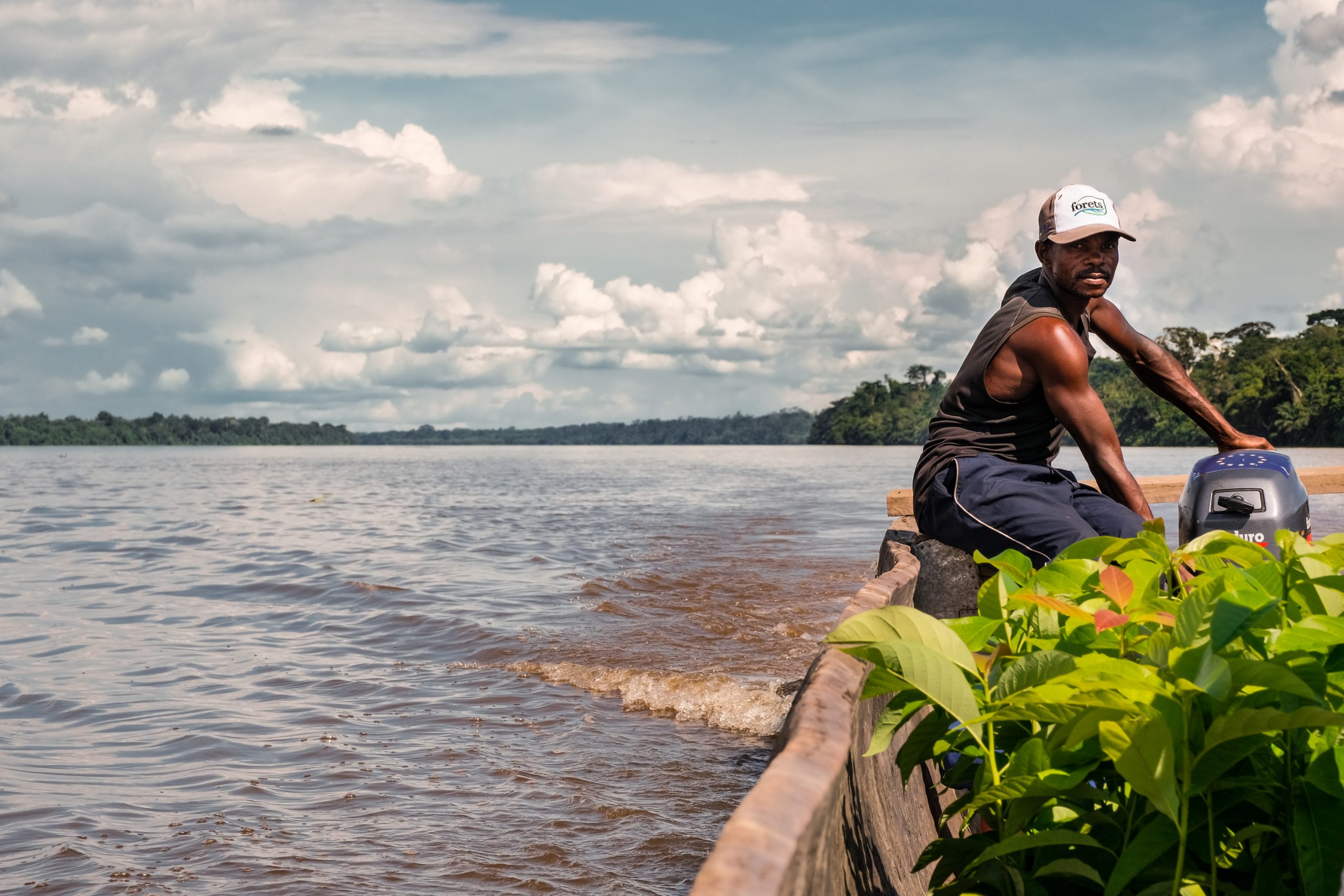
The business case for this intervention
- Access to landscape/jurisdiction-level traceability and/or certification systems increases the effectiveness of company investments in an L/JI and can reduce company costs for tracing and certifying commodities produced in the region.
- Joint tracing/certification levels the playing field and makes it harder for laggards to free ride on the sustainable sourcing efforts of leading companies.
- Better information from tracing can identify areas where commodities are not being produced sustainably, and certification can identify trouble spots within the landscape/jurisdiction, making it easier for L/JI partners to target resources and strategies.
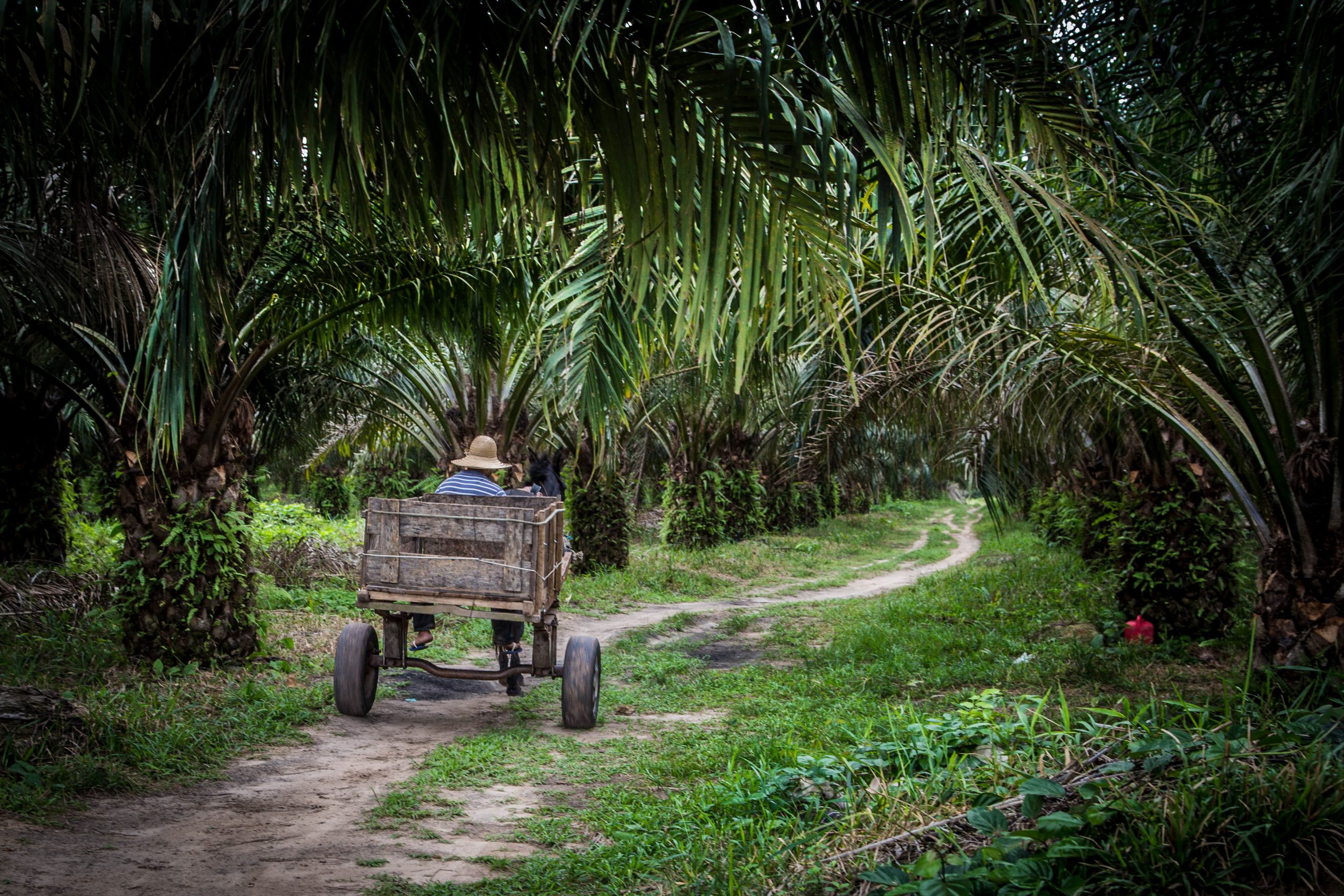
Duration of engagment
Short-Medium: training (1-3 months); engaging with a fund to support smallholders (1 year); providing loans, guarantees, or offtake agreements or (up to 3 years).
Cost
($)
Staff time to engage with government and/or private financial institutions to create/improve a development fund to support smallholders
($)
Staff time and/or funding to train smallholders on financial basics
($-$$$)
Direct loans to smallholders
($$)
Guaranteed smallholder loans or offtake agreements
In the real world
Many companies help smallholders gain access to financing, but these efforts have rarely been connected with broader landscape/jurisdictional strategies. If undertaken in the context of an L/JI, the same efforts can leverage partners’ works and deliver significantly greater impacts.
Lending cash to conserve the forests’ future
In Ucayali, Peru, the French chocolate company KAOKA signed a long-term partnership agreement with a cocoa producers cooperative (Collpa de Loros), which leveraged the agreement to lower its risk profile when seeking a loan. The loan enabled the cooperative to invest in cocoa harvesting and processing infrastructure, rehabilitate 200 hectares of cocoa plantings to increase yields, and develop demonstration plots to boost productivity even further. The cooperative also received the equivalent of a US$285,000 loan guarantee from a regional development fund established by the Ucayali government (FONDESAM), on condition that it agreed to maintain existing forest cover on the individual producers’ farms. About 100 smallholders were able to use this credit guarantee to access a US$385,000 bank loan at an interest rate 5% lower than the prime rate offered by the traditional agricultural lender, Agrobanco. The Ucayali government is now working to scale and replicate the successful financing of this cooperative by developing a technical assistance and financial incentive program for producers that adhere to sustainability criteria contained within the regional government’s Marca Ucayali initiative.
Leveraging loans to transform palm oil production
In Colombia, Cargill is teaming up with Solidaridad and Oleoflores to offer loans used by farmers to implement sustainable palm oil production practices. Under this program, a credit scoring tool considers farmers’ agronomic practices, collateral, and capacity for repayment to show which farmers are eligible for loans. The program aims to extend credit to more than 5,000 farmers across the country.
Key points for companies
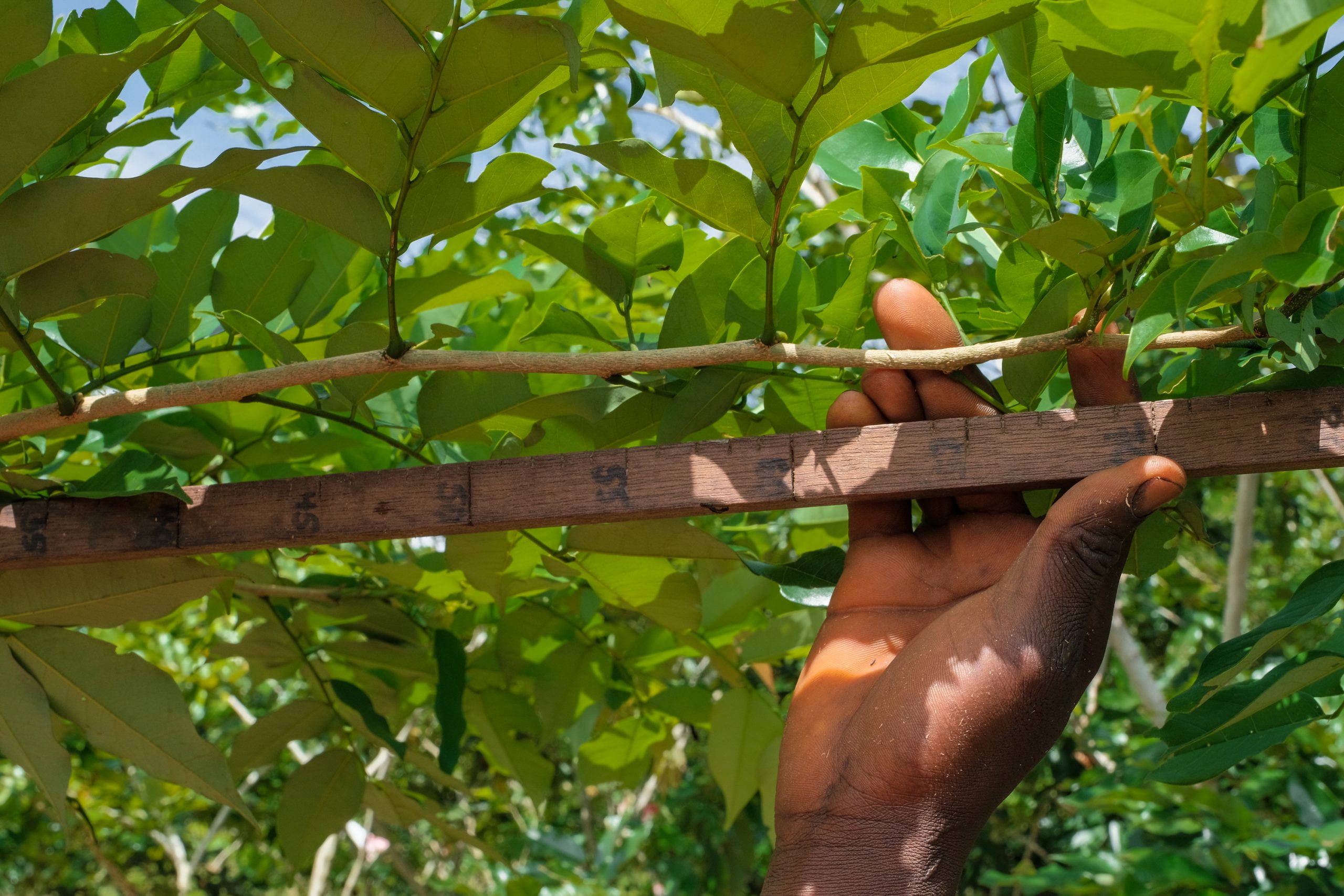
Determine whether the target landscape/jurisdiction has set a goal around enhancing smallholder finance in support of sustainable production. If so, companies should align their efforts with the L/JI’s goals and geographic priorities. Alignment could mean adjusting their own existing efforts or investing in programs delivered by others. Upstream companies with capacity to engage smallholders should take the lead; downstream companies can provide funding to support financing programs.
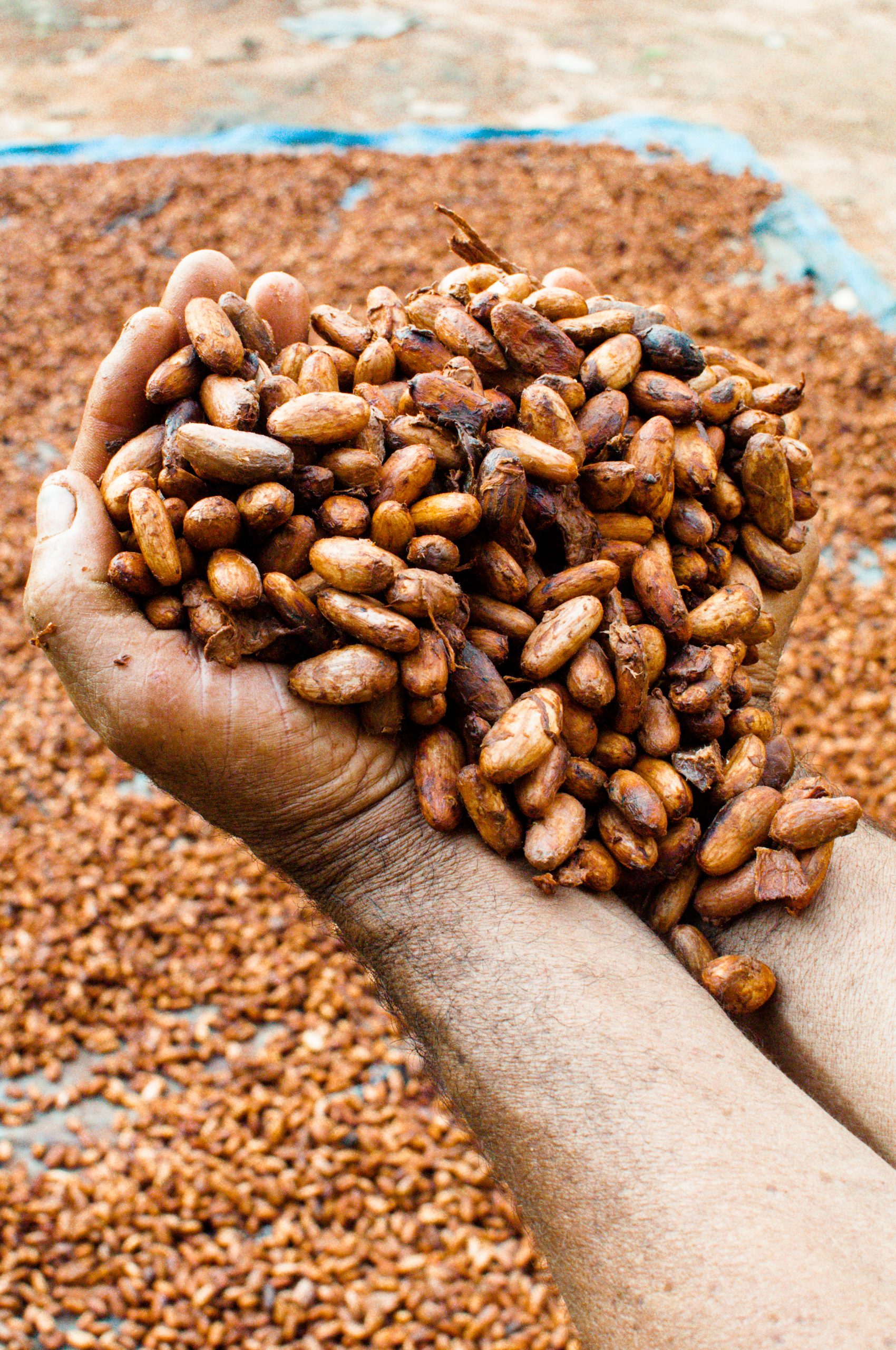
Identify which smallholders need to participate to meet landscape/jurisdiction-level conservation and sustainable production goals, and determine what they need to succeed:
- If not already organized into groups, encourage smallholders to do so, with help from local civil society organizations.
- Identify the financial hurdles that prevent smallholders from earning a living in a way that protects forests and meets other conservation goals.
- Design interventions in a way that links financial access to forest protection and/or soil conservation, better cropping practices, etc.
- Ask smallholder participants to provide geo-coordinates (an effort eased by technical assistance) for their plots, thus enabling remote sensing to monitor performance and ensure compliance with forest conservation agreements.
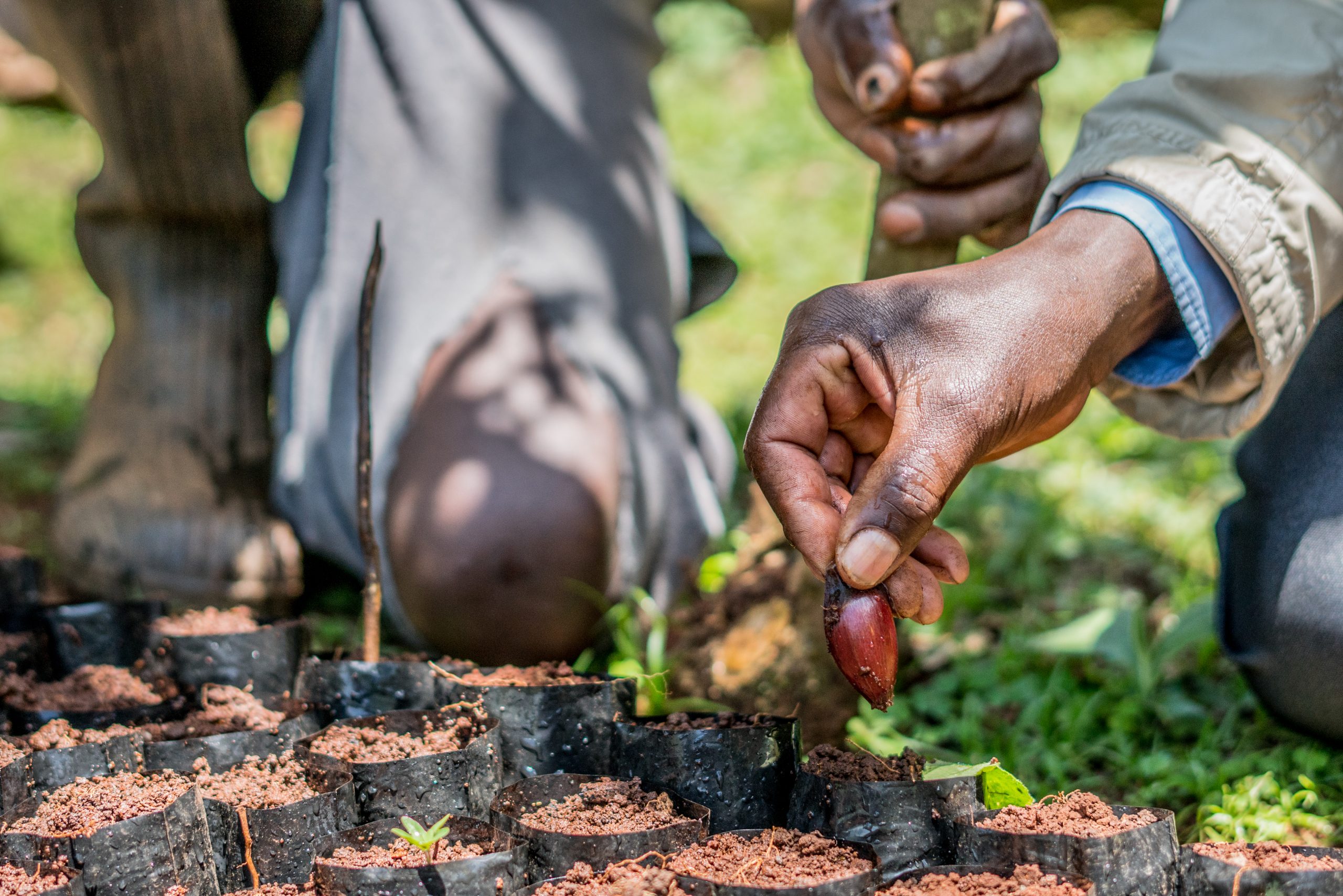
Tailor the specific form of a company’s intervention should to the identified financial hurdles:
- If farmers lack capital to invest in sustainable practices, a company could provide long-term contracts to help them access loans with reasonable terms. That would enable smallholders to make the needed investments yet maintain their livelihoods for the loan’s duration.
- If farmers lack experience or comfort dealing with banks, a company could help train them to engage in the formal financial market. Smallholders could especially benefit from assistance in creating the formal business plans that lenders require before deciding to extend credit. A company could also foster relationships between smallholders and a microfinance, regional, or national financial program/institution. They are uniquely positioned to show the big picture of how access to finance can build financial security, and can help smallholders gain saving, borrowing, and repayment experience.
- If farmers can’t provide lenders with a loan guarantee, or collateral, a company could step in to guarantee loans on smallholders’ behalf. It could also negotiate long-term offtake agreements with smallholders for the commodities they produce, which could serve as collateral for their loans.
- If farmers are so small or remote, they can only access disadvantageous loan terms, a company can offer supply chain financing, extend other forms of credit, or offer small loans to these farmers directly. Such alternative loans should offer terms on par with traditional financial institutions, structured flexibly enough to account for the more challenging environments smallholders face. Alternatively, a company might advocate and work with government to create or improve a development fund designed to finance smallholders that have difficulty accessing credit from traditional lenders. In both cases, the company should streamline the loan process, for example by creating a way for smallholders to prequalify their business plans with potential funders.
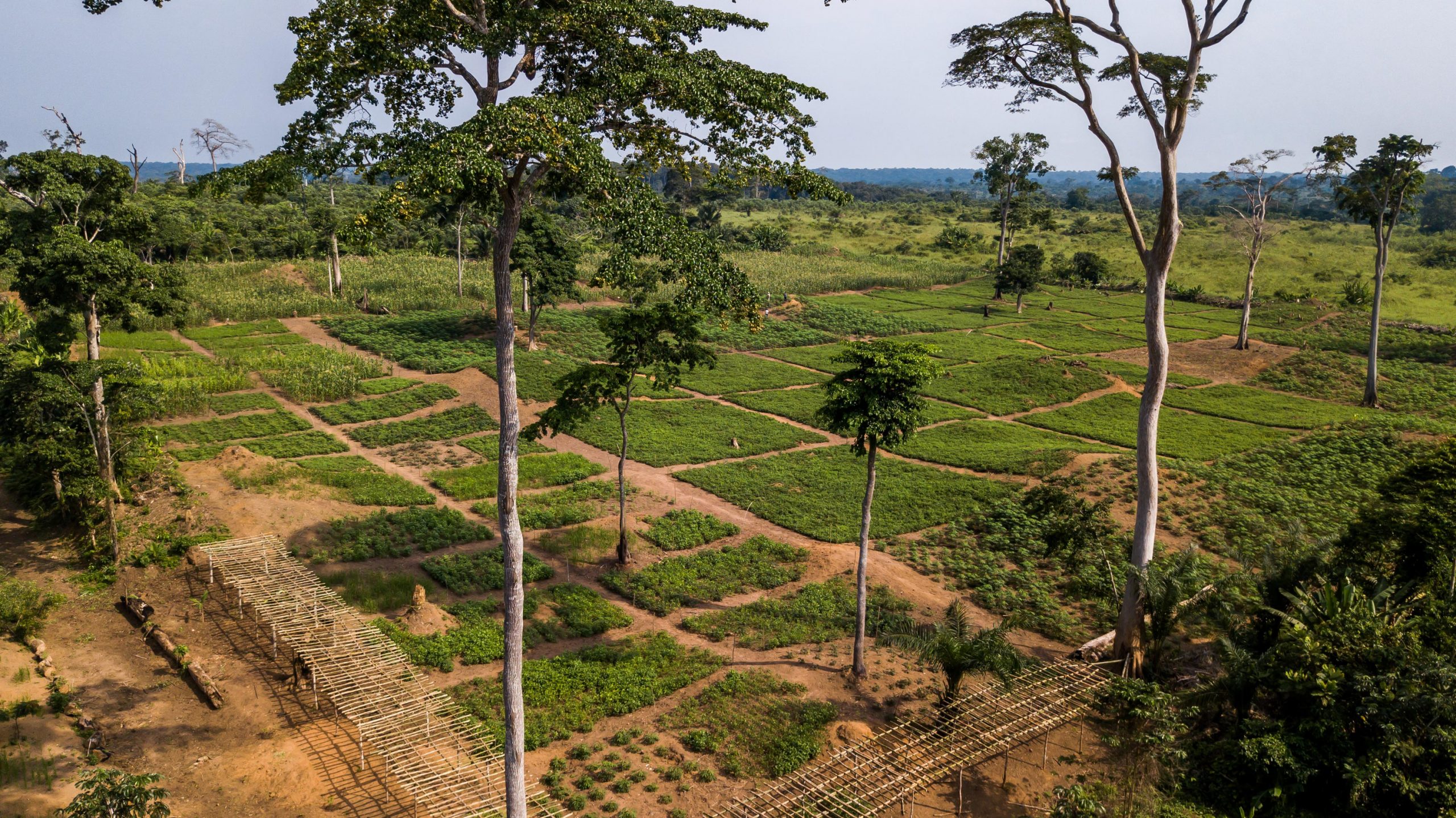
Consider both up-front financing to support a transition to sustainable production, and results-based payments that reward smallholders and communities for maintaining forest cover and other valuable natural resources in the landscape. Results-based payments can take the form of: renewable offtake guarantees, where renewal is contingent on forest protection; periodic direct payments to households, cooperatives, and/or community funds for forest protection; and/or contributions to jurisdiction-level or national funds (for example, REDD+ funds) that are allocated to communities and smallholders by an L/JI in exchange for forest protection.
- Where local laws provide payment for environmental services, companies can connect smallholders with information about how to access these funding streams.
External conditions that improve likelihood of success
- The existence of smallholder cooperatives significantly reduces the transaction costs associated with getting financing to individual smallholders.
- The smallholders’ business needs to be viable (or capable of becoming viable with a loan), even if a business plan has yet to be spelled out in terms that a lender could engage with.
- An existing fund or other financial institution dedicated to supporting smallholders is not critical to a company’s ability to link smallholders with financing, but it can expand the range of ways a company can support financing.
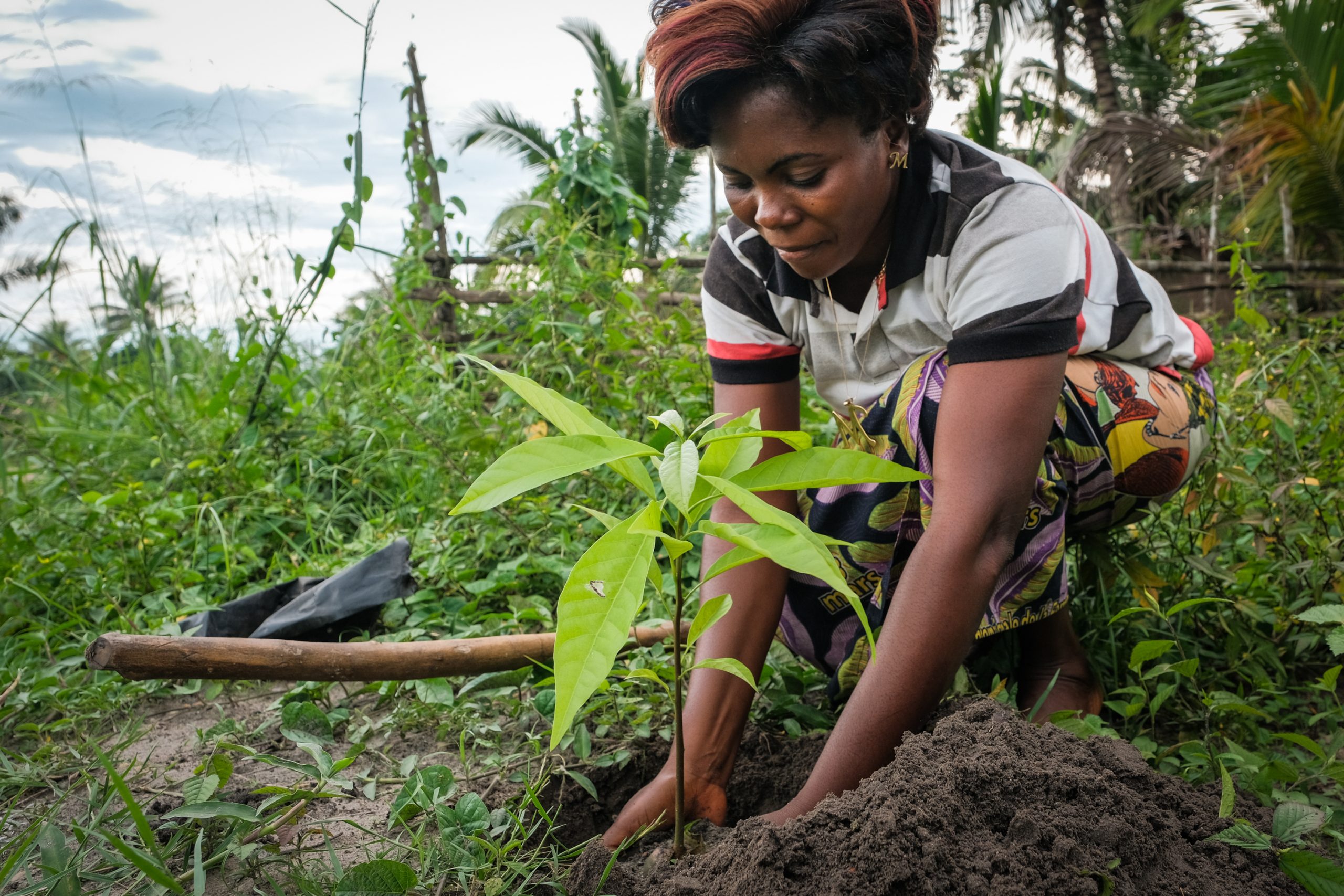
Business case for undertaking this intervention
- Association with increased access to finance can strengthen a company’s bond with more sustainable producers, thus improving the company’s access to deforestation/conversion-free supply.
- Increasing smallholders’ access to finance will help them provide consistent or enhanced levels of high-quality supply.
- Conditioning finance on sustainability performance links smallholders’ livelihoods with and incentivizes pursuit of positive environmental impacts.
- Georeferencing smallholder plots as part of their application to receive financing makes it easier to ensure compliance with forest protection agreements.
Duration of engagment
Short-Medium (6 months – 2 years) depending on the depth of engagement and the number of steps/interactions needed to secure government support
Cost
$-$$ depending on the depth of the company’s involvement in preparing for and engaging in dialogue with consumer country governments
In the real world
A platform to accelerate and amplify collective action
The Tropical Forest Alliance (TFA) – a multi-stakeholder partnership platform hosted by the World Economic Forum – is dedicated to eliminating deforestation from the production of major commodities such as soy, palm oil, beef, and paper/pulp. TFA’s Forest Positive Collective Action Agenda calls for the governments of countries that drive significant demand for soft commodities to implement measures that lead to decreased deforestation and conversion. To inform the development of evolving EU policies on deforestation, TFA convened industry and civil society representatives between January and July 2020 to examine the priorities of the European Commission’s Communication on Stepping up EU Action to Protect and Restore the World’s Forests. The companies provided their perspectives and experiences, and urged the EU to “play a key role, through development assistance, in providing support and coordination for existing regional, national and sub-national partnership initiatives.” Moving forward, companies can continue to advocate for progressive policies at the EU level, through existing trade and industry groups, and through processes convened by TFA and others.
Key points for companies
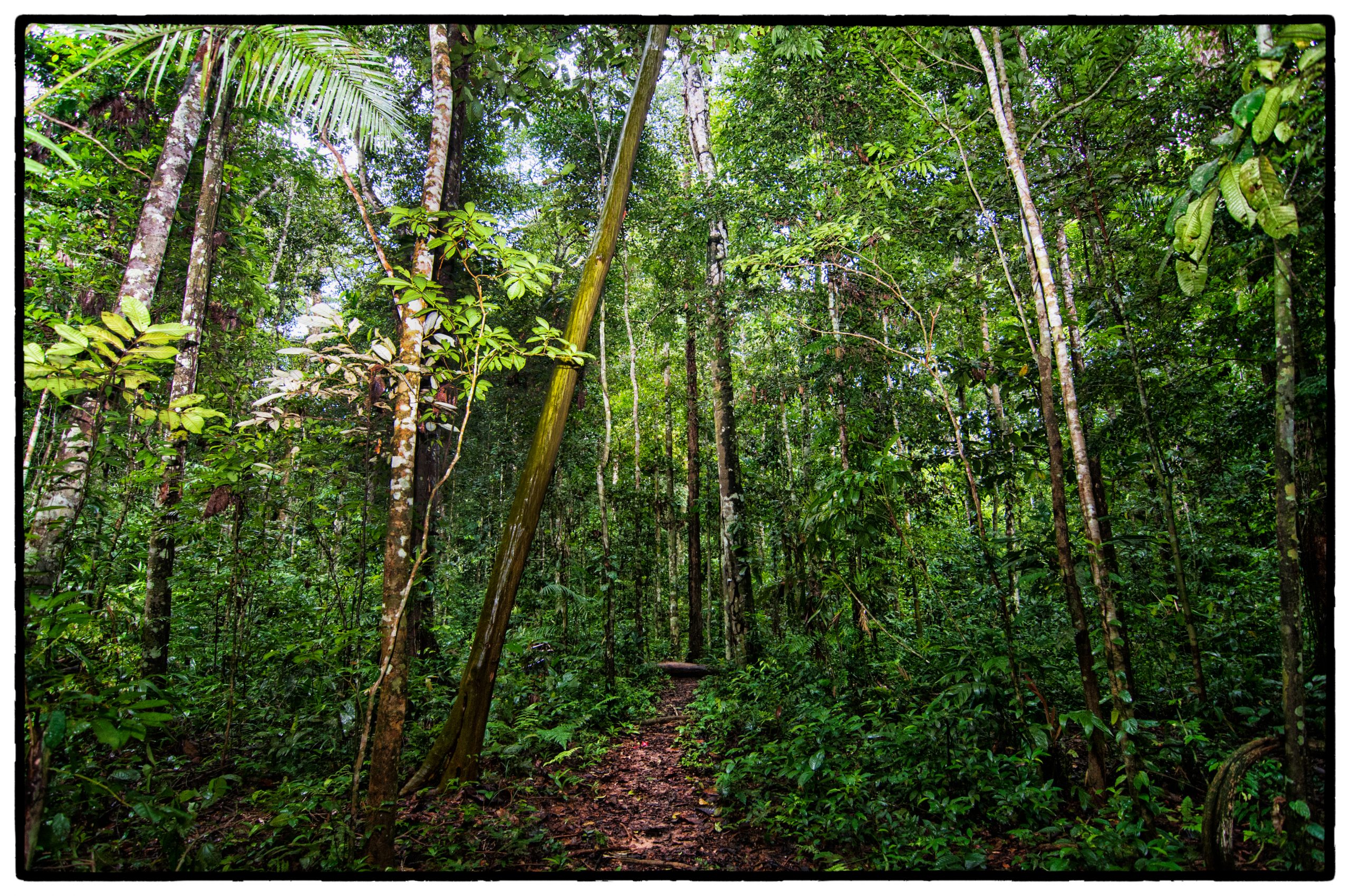
Companies engaged in an L/JI should identify the main countries that consume the commodities produced in the jurisdiction, then determine:
a) what support governments of those countries can provide the L/JI; b) how best to approach those governments for this support; and c) which role (relative to other stakeholders) companies can play in engaging consumer governments.
- The “asks” for consumer country governments may include direct financial support for the L/JI through bilateral aid agencies; recognition and incentives for brands and retailers in the consumer country to source from the landscape/jurisdiction; and/or trade preferences for commodities sourced through the L/JI. Research which “asks” are most viable to demonstrate the value of the L/JI to advancing related government goals.
- Some consumer country governments (as well as the EU) already have well-established commitments to sustainable/deforestation-free commodities. These often have an office which provides a logical point of contact for the L/JI to engage. For governments without a clearly identified mandate or office, try to engage the bilateral aid agency, trade and/or environment ministries, food regulators, or other offices. Highlight how their mission aligns with the L/JI’s focus on reducing deforestation, carbon emissions and biodiversity loss, and promoting sustainable commodity production and community development.
- How a company engages a consumer country government will depend on their existing relationship. Companies with headquarters, production facilities, and/or employment in the country may engage directly with its relevant government agencies, seeking to open doors for the L/JI. To avoid the perception that they are lobbying for commercial advantage, companies might partner with NGOs when engaging with governments.
- A company can enlist its supply chain partners (traders, brands, retailers) that are based in the consumer country to strengthen the case for supporting the L/JI.
Research which “asks” are most viable to demonstrate the value of the L/JI to advancing related government goals.

Companies involved in national or international platforms that support L/JIs (such as TFA) can indirectly work to support education and policy development with consumer governments. Participating in credible platforms and initiatives provides an effective way to engage with governments. With full-time staff, the ability to use examples from several different L/JIs, and diverse stakeholders, such platforms can bring more influence with consumer governments than any one company or L/JI acting alone.
By working with a national or global platform to engage consumer country governments, companies can leverage additional resources at relatively low cost to themselves.
External conditions that improve likelihood of success
- Staff capacity (including from corporate government relations/public affairs offices or from leadership of the L/JI) to support company engagement with consumer country governments

The business case for this intervention
- Companies that effectively engage consumer governments can advance the goals of the L/JI, secure additional resources (thus lowering internal costs), and expand additional government support for other L/JIs with which the company may work.
- Companies improve their reputations and credibility not only with consumer country governments, but also with producer country governments and NGOs involved in L/JIs.
- By working with a national or global platform to engage consumer country governments, companies can leverage additional resources at relatively low cost to themselves.
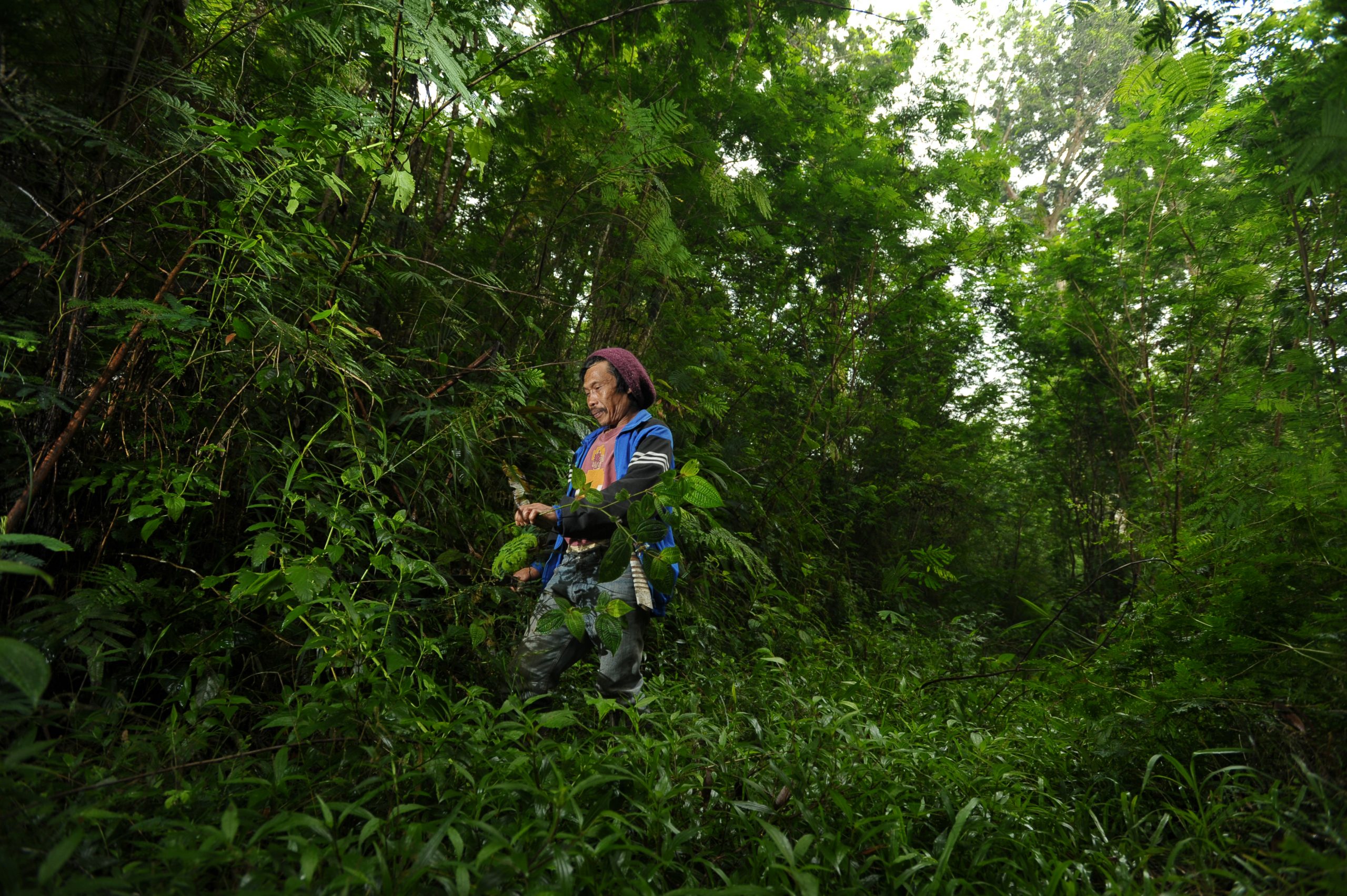
Duration of engagment
Short-Medium (6 months – 2 years for a discrete policy)
Cost
$-$$, depending on the extent to which companies provide direct funding support for government activities as opposed to engaging in dialogue and advocacy
In the real world
Indonesia integrates local approaches and national plans
The National Planning Agency of Indonesia (Bappenas) expressed interest to integrate the jurisdictional approach concept as a way to accelerate achieving sustainable food and agriculture into national development planning. With support from the German Agency for International Cooperation (GIZ), Bappenas engaged the Sustainable Districts Association (LTKL) to devise a means to align the jurisdictional initiatives it supports with the National Medium-Term Development Plan (RPJMN) technical framework. LTKL and its partners had companies join workshops to develop the concept to integrate the jurisdictional approach into this key policy document.
Preparing a ‘master class’ in sustainable investment
LTKL is also working with companies that source from its member districts across Indonesia to implement Master Classes in Sustainable Investment. These courses equip economic development officers with the skills and tools to develop viable portfolios that will attract potential investors. An impact investment firm, Kinara Indonesia, helps districts prepare and present enticing pitch decks, while commodity sourcing companies review portfolios and consider co-investment in new business ventures linked to their supply chains. The goal is to bring new investors and businesses into the districts to fund activities that directly support jurisdiction-level sustainable production and forest protection goals. Companies that have agreed to co-invest include Kyuden Mirai Energy, Potato Head Group (a leading national hospitality company), and the Sustainable Coffee Association of Indonesia.
Collaborating on commitments to deforestation-free cocao
In West Africa, more than 25 cocoa and chocolate companies collaborating through the World Cocoa Foundation pushed for national commitments that would address cocoa-driven deforestation. Corporate advocacy led to creation of the Cocoa and Forests Initiative in 2017, when these companies signed Joint Frameworks for Action with the governments of Côte d’Ivoire and Ghana pledging to end deforestation and restore degraded forests. After two years, deforestation continues to be a challenge, but companies have taken important steps to implement the national pledges. They have increased traceability in their own supply chains, implemented protocols to eliminate deforestation from their cocoa sourcing, and supported efforts to expand forest cover through cocoa agroforestry.
Shaping national forest policy in Côte d’Ivoire
In 2019, Côte d’Ivoire’s new Forest Code provided a framework for companies to promote cocoa agroforestry and restore forests in legally classified forest areas based on the level of nature degradation. The Ministry of Water and Forests is developing a decree with guidance to operationalize the Forest Code. Cacao sector companies have engaged with the Ministry, providing inputs and insights to support the development process.
Key points for companies
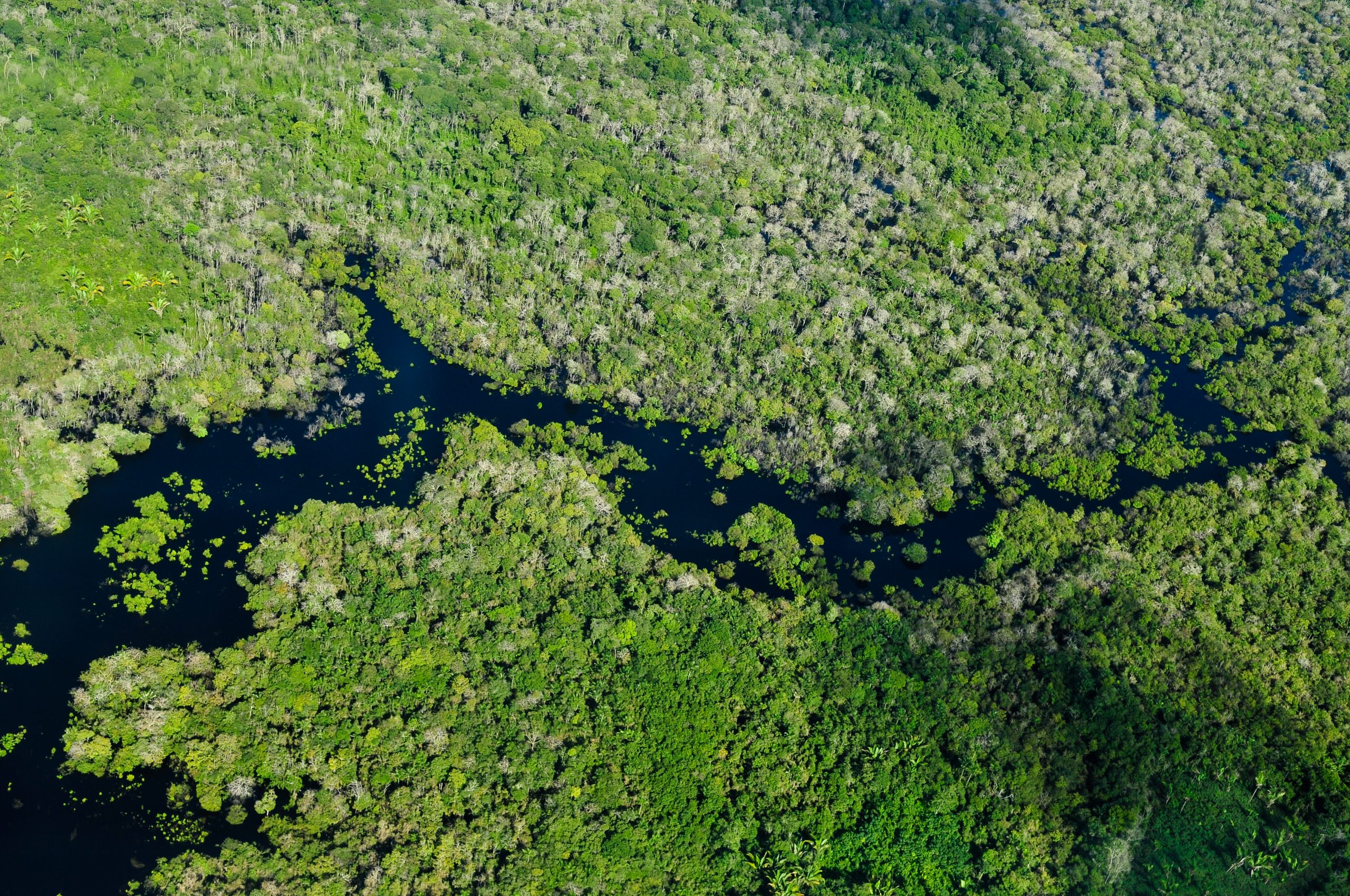
Engage with government counterparts through development and implementation of an L/JI to ensure that policy makers know and care about the initiative’s progress, see the value of company participation, and are motivated to apply emerging lessons to develop ongoing policy.
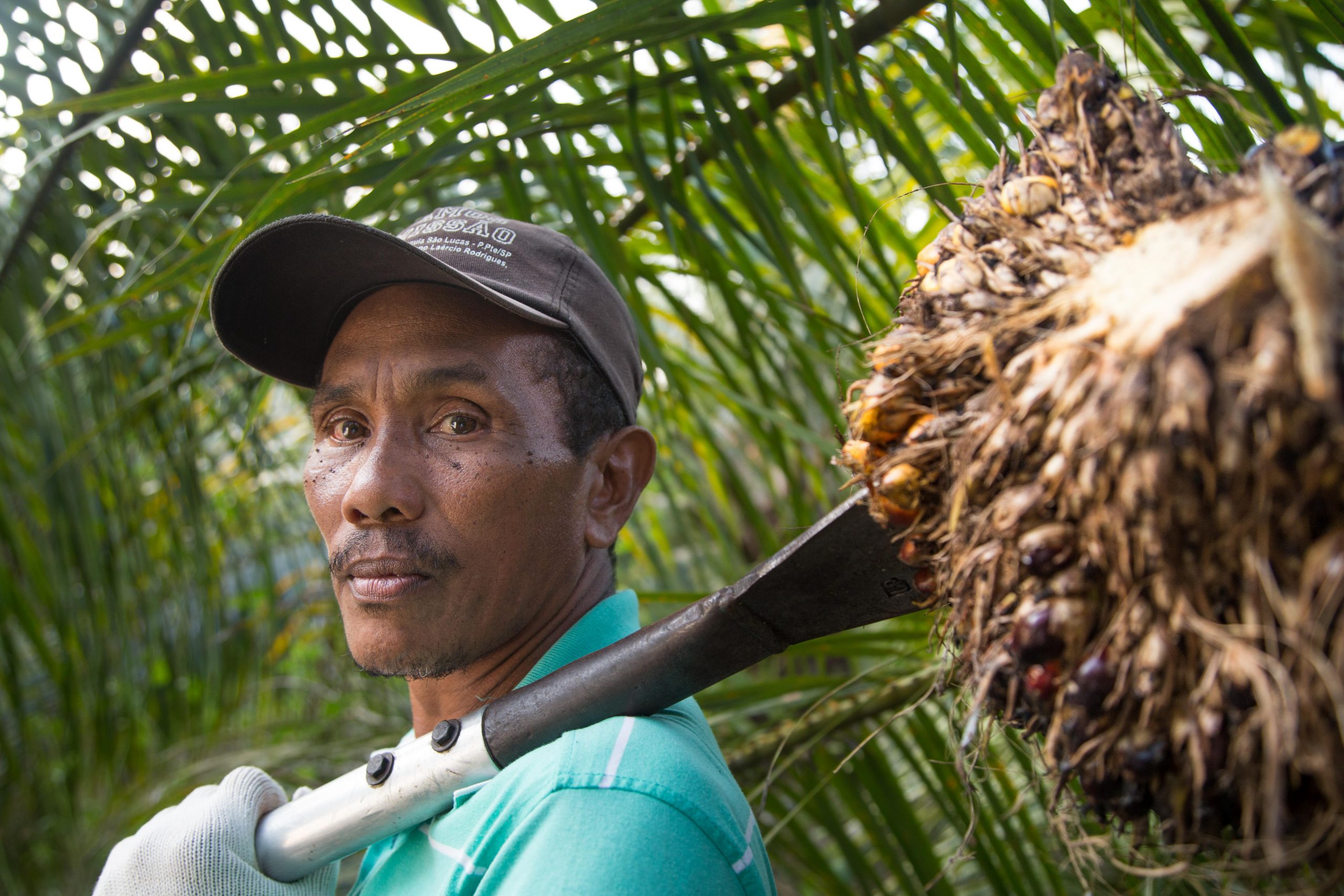
The timing and targeting of policy development will vary: some policies may need to change for an L/JI to get underway (for example, authorization for a government agency to participate in an initiative). Other needed changes may become clear only after there is some experience implementing an L/JI (for example, clarification of community forestry regulations). Engaging policy makers should be an iterative process. That’s why companies should offer themselves to policy makers as longer-term partners in the work of the initiative.
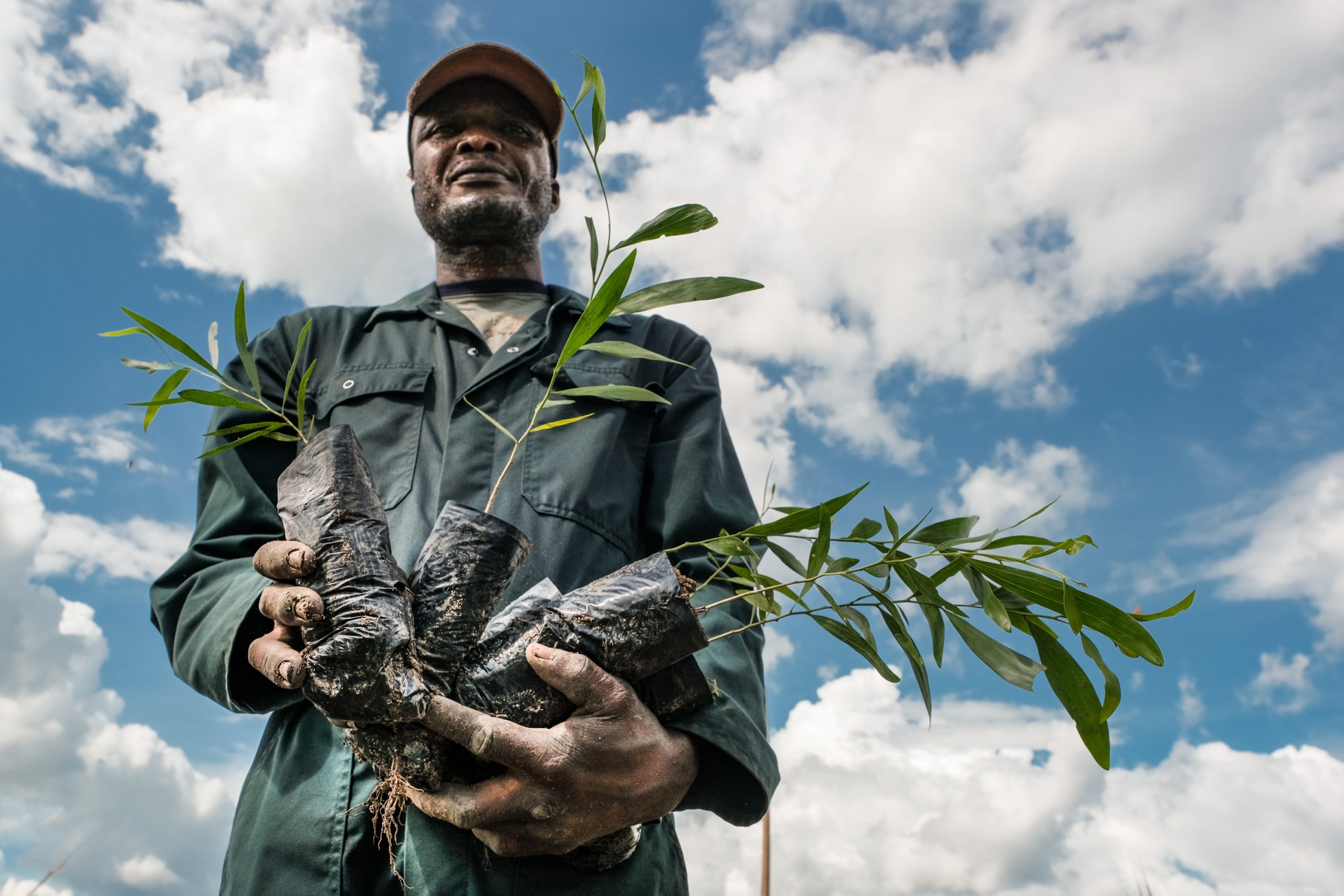
Getting governments to implement policy or enforce regulations may require companies to engage with agencies at both national and sub-national levels. Companies can call officials’ attention to issues with implementation and seek creative solutions with other stakeholders.
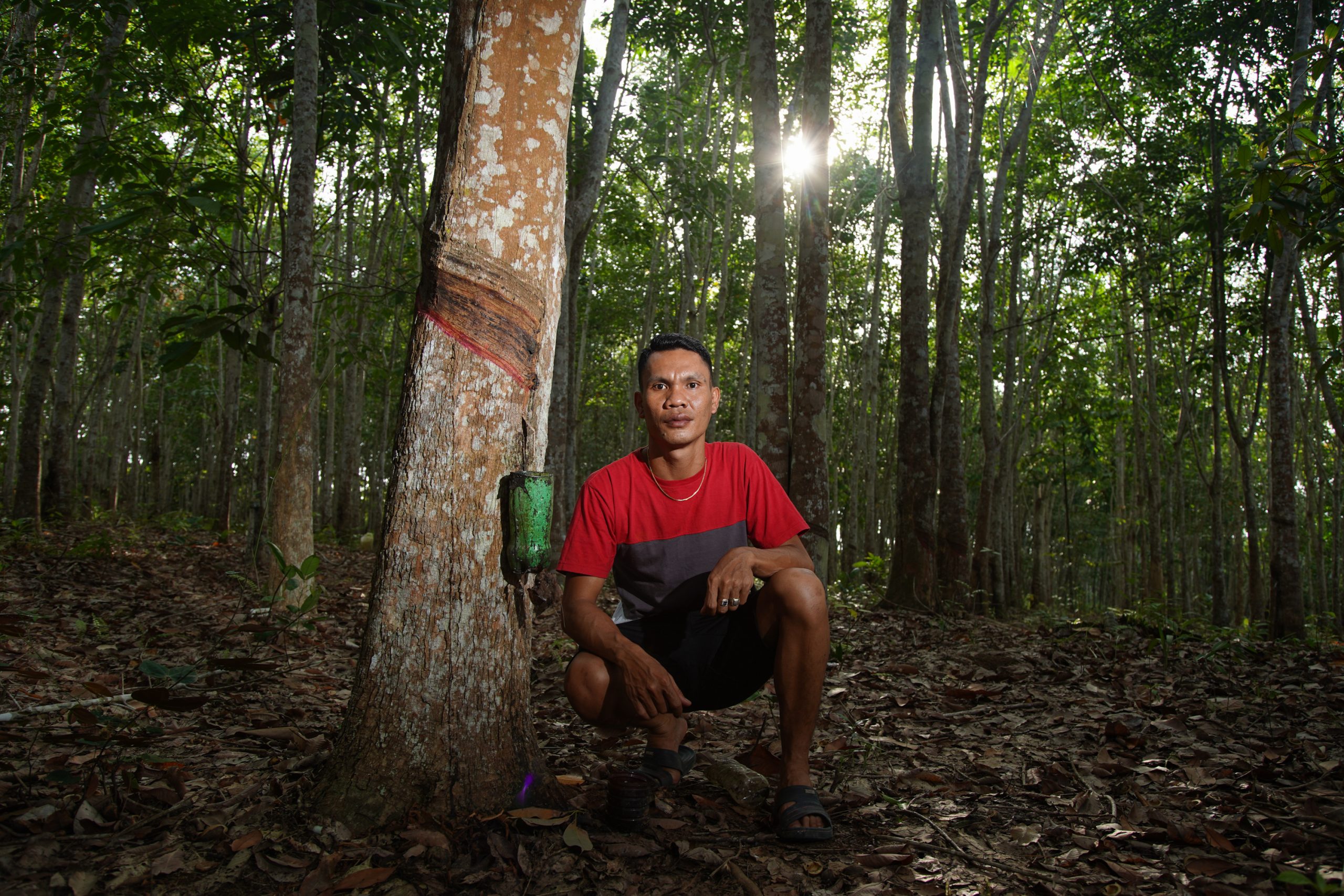
Promoting investment and supply chain linkage opportunities, as LTKL has done in Indonesia, can open new avenues and incentives for local, national, and international business partners to invest in sustainable production and protection. Companies with national and global reach can support investment plans, identify and recruit investors, and choose to co-invest in new ventures that add value for their supply chains.
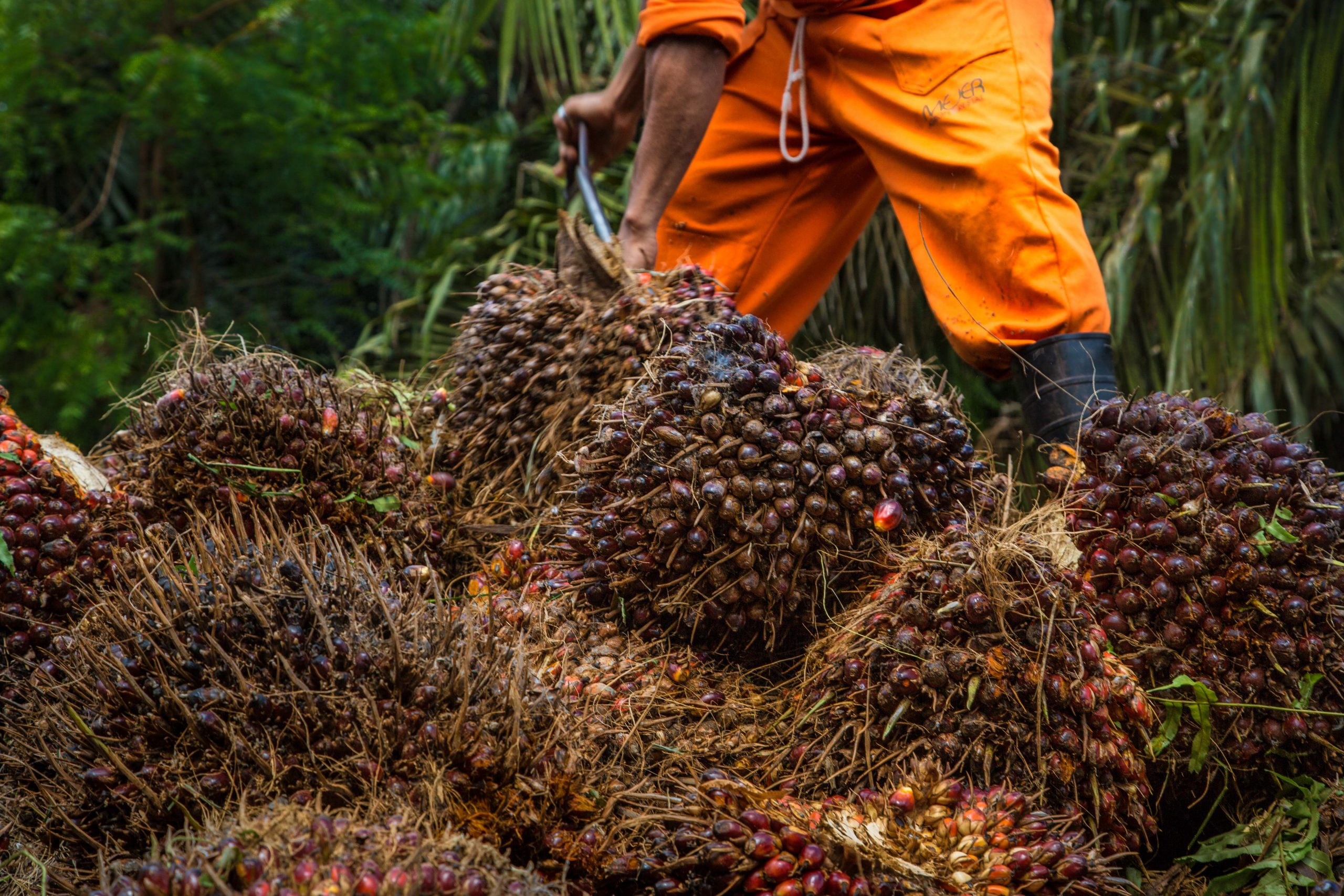
To avoid the perception of influencing public officials to back private interests, companies should engage with government in open platforms alongside other L/JI stakeholders.
They should also clarify when they are speaking on behalf of the initiative and when they are lobbying for their own interests.
External conditions that improve likelihood of success
- Government has an interest in L/JIs to meet its policy and political goals
- The background policy environment enables policy makers to leverage multi-stakeholder approaches for land use planning and economic development programs
- There are mechanisms for involving government agencies in the L/JI, and for consulting them during the initiative as policy issues arise
- Joint learning opportunities focus on how government policy and its implementation have been affecting the initiative
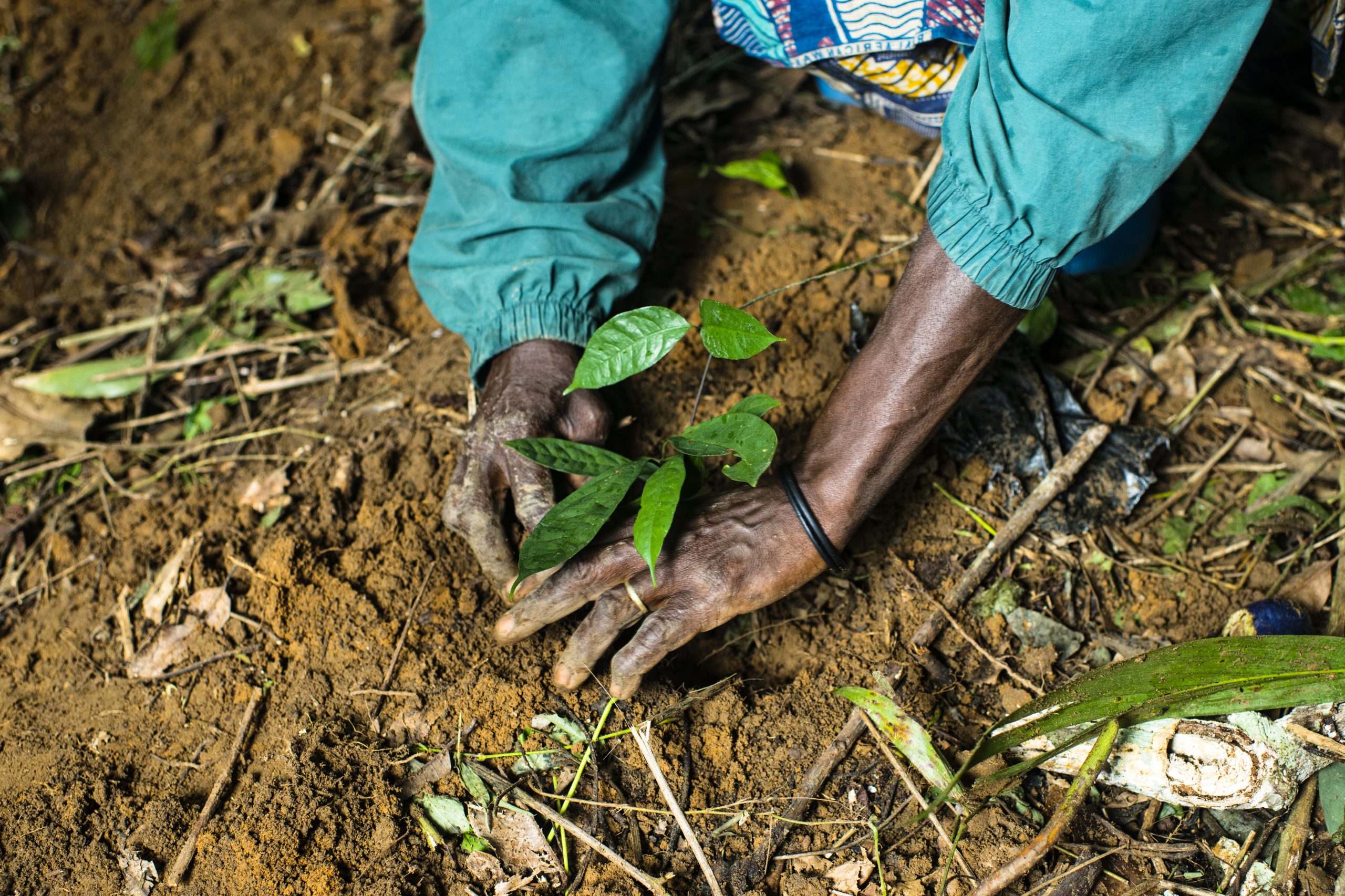
The business case for this intervention
- Companies help L/JIs succeed by ensuring that government policies and implementation mechanisms are well-aligned with the initiative’s goals
- By engaging effectively with government on policy issues confronting a landscape/jurisdiction, a company gains credibility and demonstrates its commitment both to national development and commercial objectives
- Advocating for policy change jointly with NGOs and community representatives can boost company credibility and relationships with these stakeholders
- By helping jurisdictional governments attract new investors and sustainable businesses, companies can reduce pressure on forests, add value in their own supply chains, and expand and diversify the business and investment partners supporting the initiative
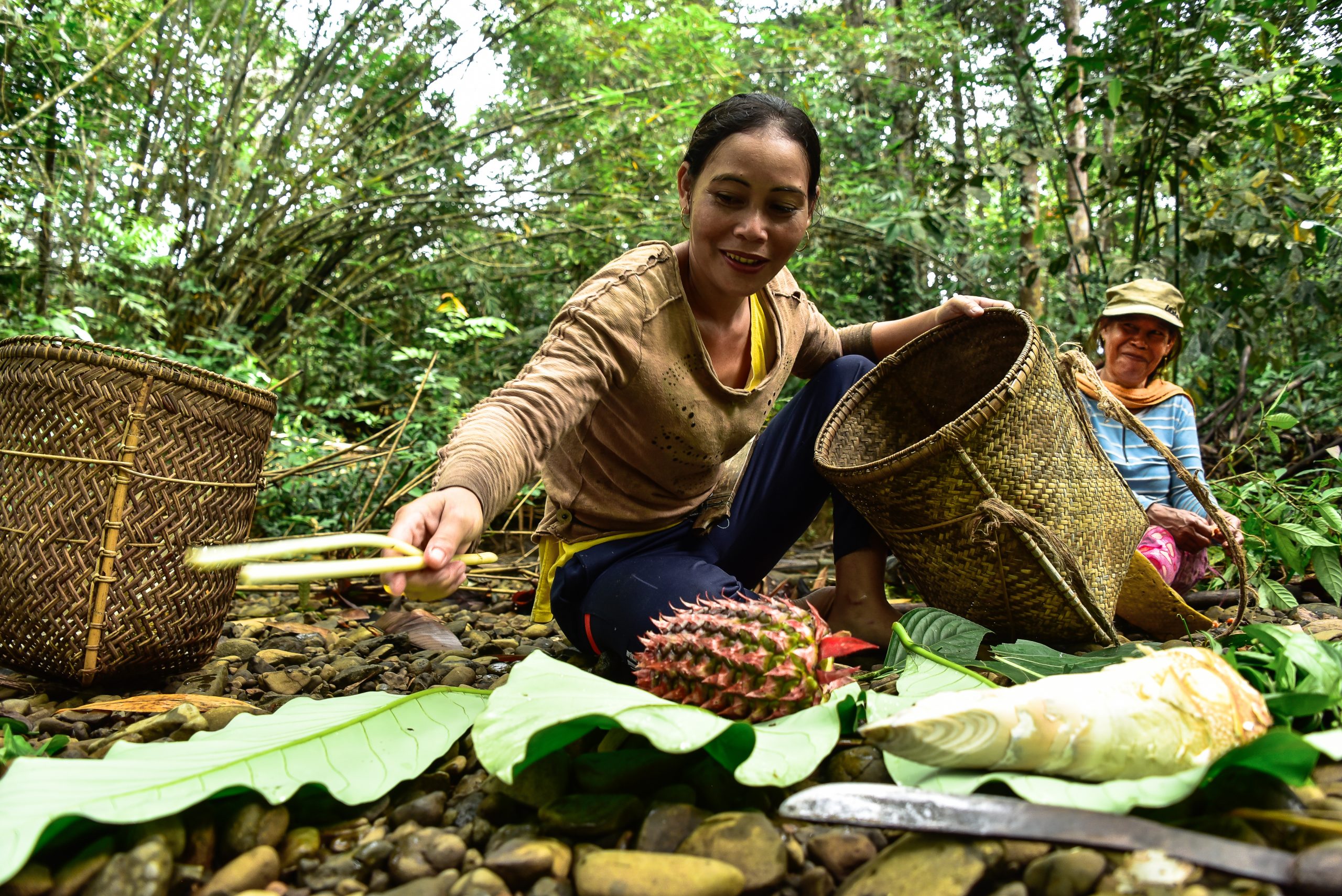
Duration of engagment
Short (6-12 months per capacity building intervention)
Cost
(No cost)
Advocacy on behalf of community representatives at meetings
($)
Support for community representatives to participate in meetings
($)
Costs of capacity building for community representatives and constituencies
($$)
Costs of community capacity baseline assessment
($$)
Incentives/compensation for the communities
In the real world
Motivating forest conservation through secure land tenure
Golden Agri-Resources (GAR), a large oil palm plantation operator, worked with stakeholders in Kapuas Hulu district in West Kalimantan, Indonesia to develop a land use plan that clearly delineates areas for conservation, livelihood activities, and development. The plan grew out of a critical independent review when the company’s earlier conservation efforts, carried out with unsatisfactory community engagement, sparked resistance by locals who considered ecological set-asides to be land grabs. This time, GAR tested a Participative Conservation Planning tool that incorporated community views into the plan by combining conservation mapping with participatory village mapping. The plan was ultimately approved by local government. During its negotiations with the government to get this plan approved, GAR worked to ensure that participating local communities receive land tenure security and access to loans from a state infrastructure fund.
Governing cocoa production from below
To advance sustainable cocoa production landscapes in Ghana, Touton formed a consortium with Ghana’s Forestry Commission, Tropenbos, and the Nature Conservation Research Centre (NCRC), leveraging these partners’ experience mobilizing communities and strengthening community-based natural resource governance. The consortium worked with local communities and their leaders to build governance structures on the Community Resource Management Area (CREMA) approach. CREMA strengthens existing community structures by developing landscape management plans, governance boards, and constitutions governing the landscapes. The overall effort connected communities with local government administrations to directly influence and tap into development plans for the entire jurisdiction.
Key points for companies
What companies do will depend on communities’ existing capacities. First, assess these capacities, and gaps, to understand what prevents more active community engagement in multi-stakeholder processes. Then consider the following range of actions, seeking effective and representative participation especially of women given their role in ensuring that development efforts endure:
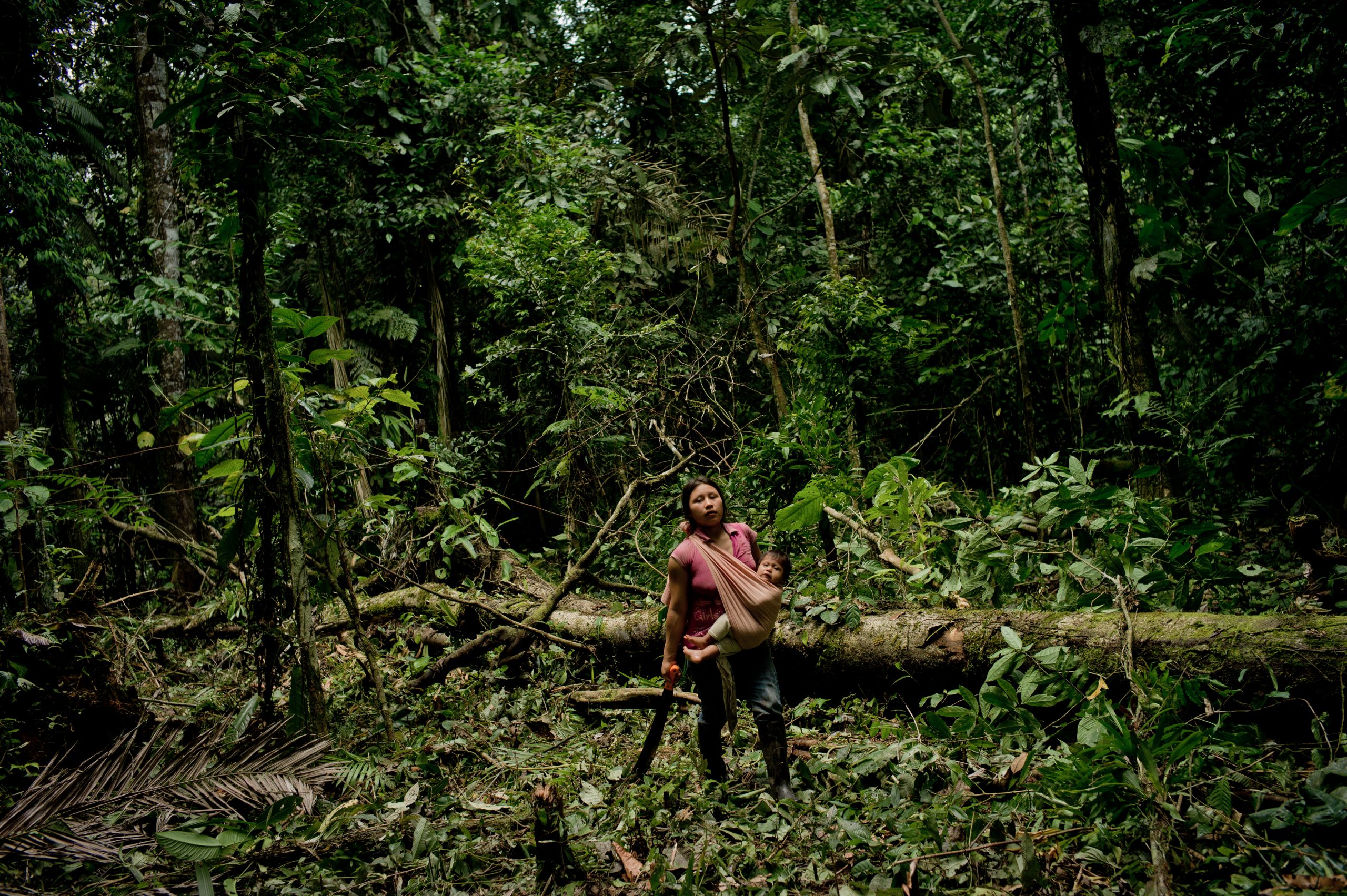
Clearly articulate the value of community participation. Local communities may be discouraged or fatigued by years of promises from governments or companies that failed to generate tangible benefits. Provide clear incentives, status, and income opportunities to secure early and ongoing participation. Don’t over-promise, and be explicit about who would benefit (all members indirectly, or only those directly engaged). Clarify as well what the benefits will be (e.g. tenure security, higher crop yields or prices, improved genetic material, value-added processing, access to finance) and what participants must do, or risk, to earn them.
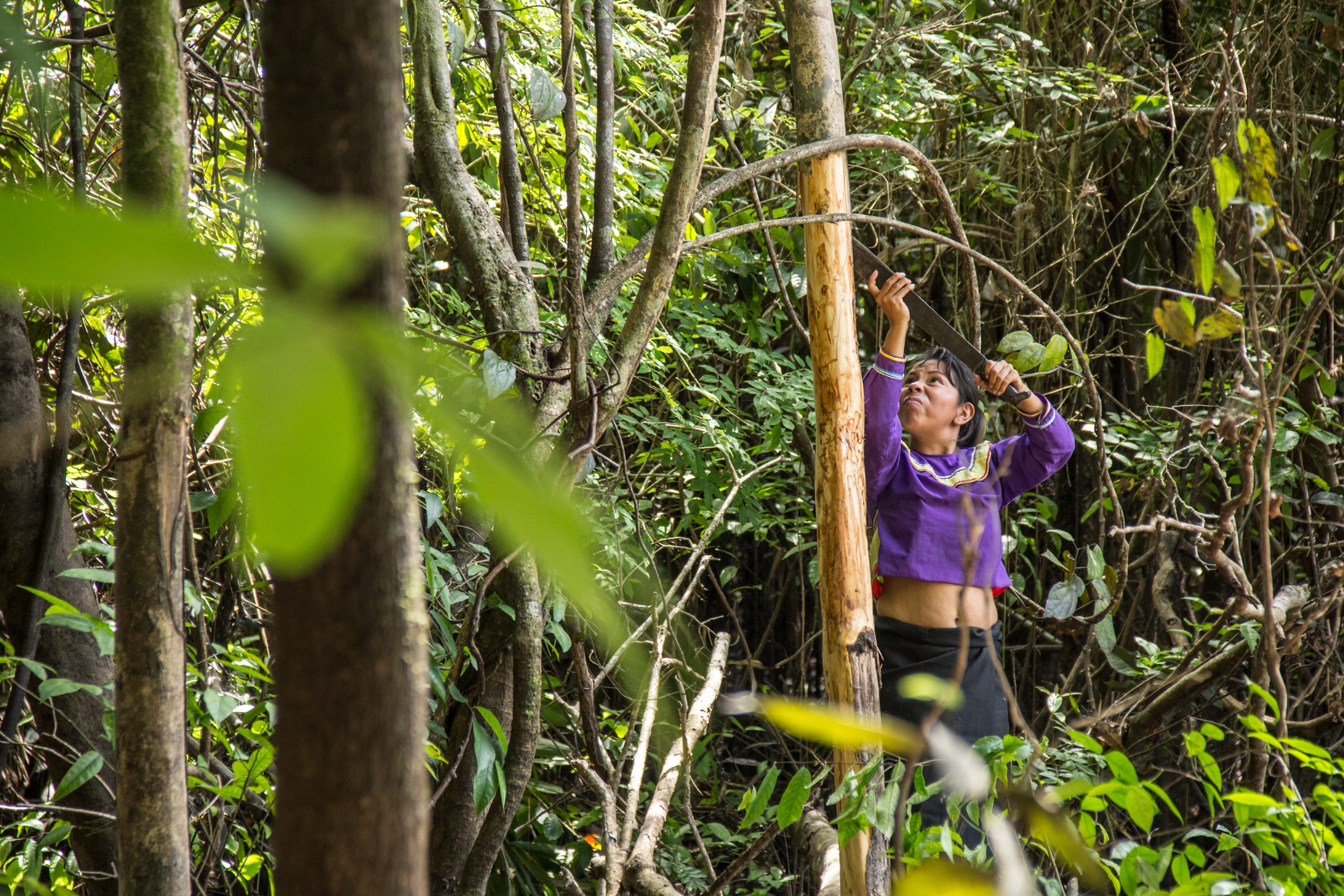
Organize communities for effective representation. Communities may be represented by legitimate and effective leadership through traditional local government and/or through women, youth, farmers, or small businesses constituencies. But they may also be marginalized. Rather than direct or engage deeply in an effort to enfranchise communities – with which companies may have competing or conflicting interests — companies can support their empowerment process by funding an independent third party to support community dialogue and organizing.
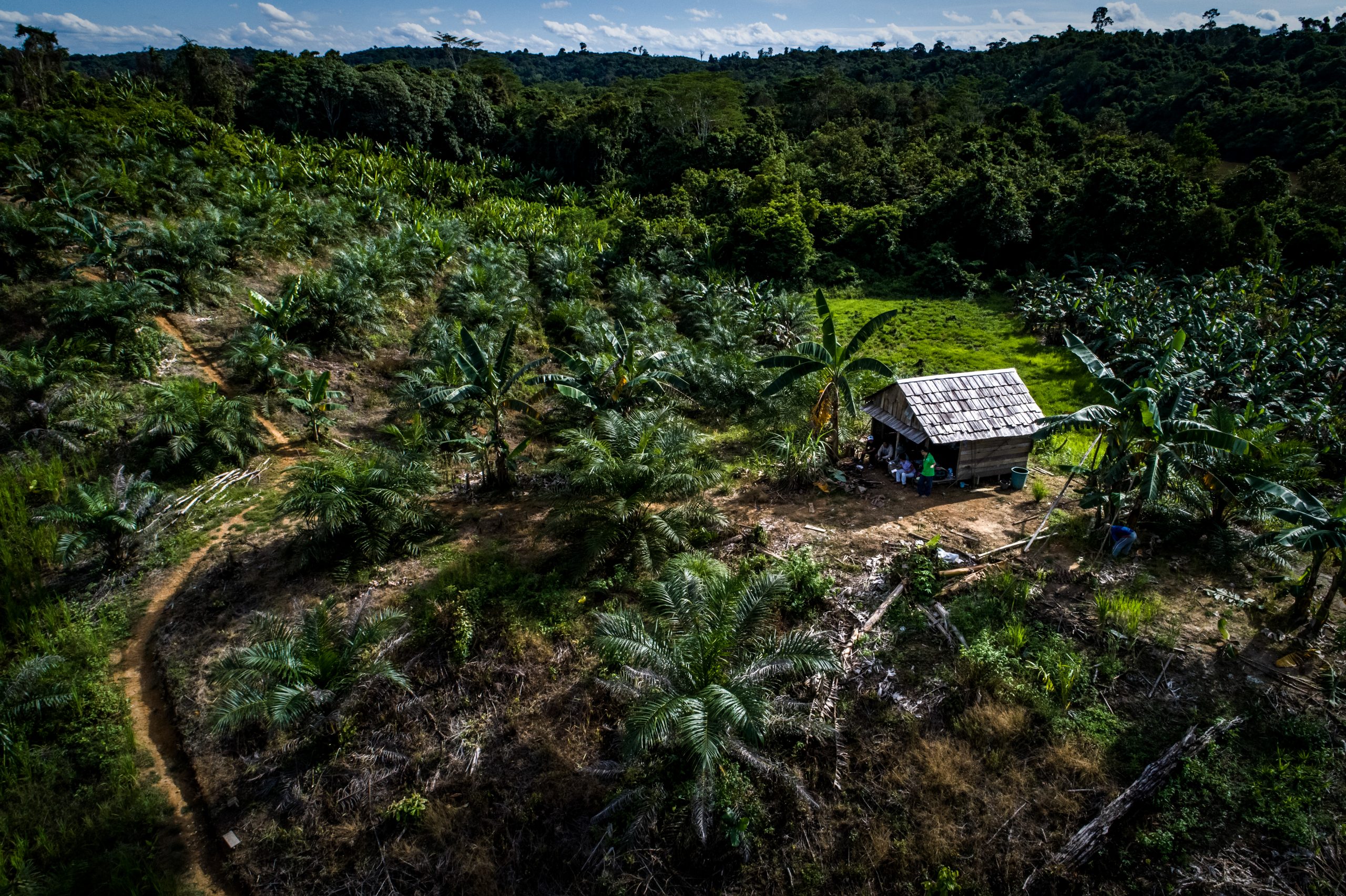
Build capacity for effective representation, consultation, decision making, and governance. Community representatives may need help understanding the roles, rules, tools, and steps in the landscape/jurisdictional planning process. Likewise, community members may need support to know what’s at stake and how to speak through and guide their representatives. A company could fund capacity building and/or provide seasoned staff to help enhance knowledge and skills.
- Capacity building is rarely a once-off. It is needed from the outset through planning and implementation, as new kinds of information, opportunities, and activities arise. Some opportunities and choices will present trade-offs within or between groups and require community dialogue to inform a response.
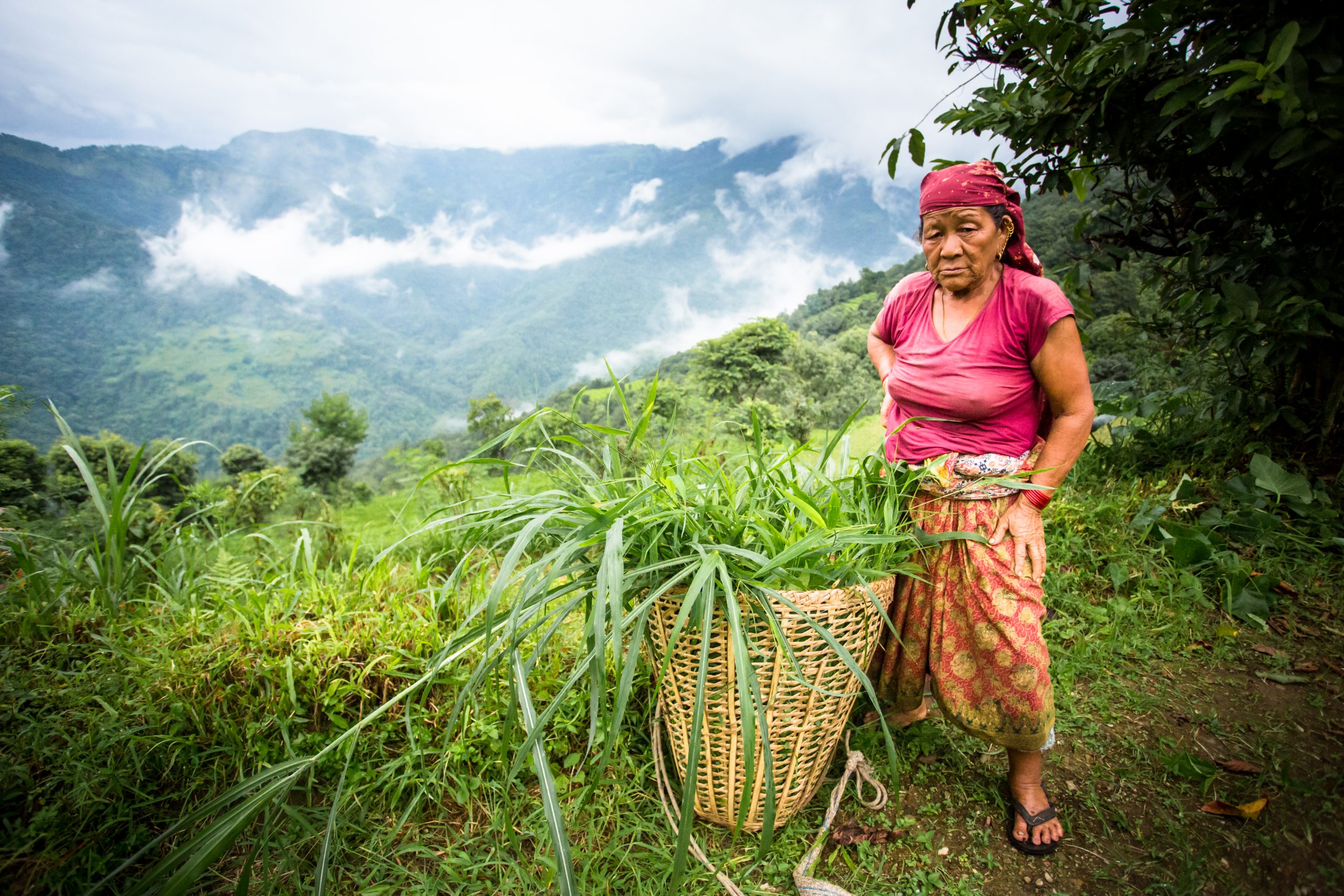
Disseminate landscape/jurisdictional information to communities. Provide regular information, in local languages, via trusted local media, about meetings with, topics in, and opportunities to engage with the multi-stakeholder body advancing an L/JI. When government policies change, companies can leverage these communication channels to raise awareness with communities about what is happening, and why it matters.
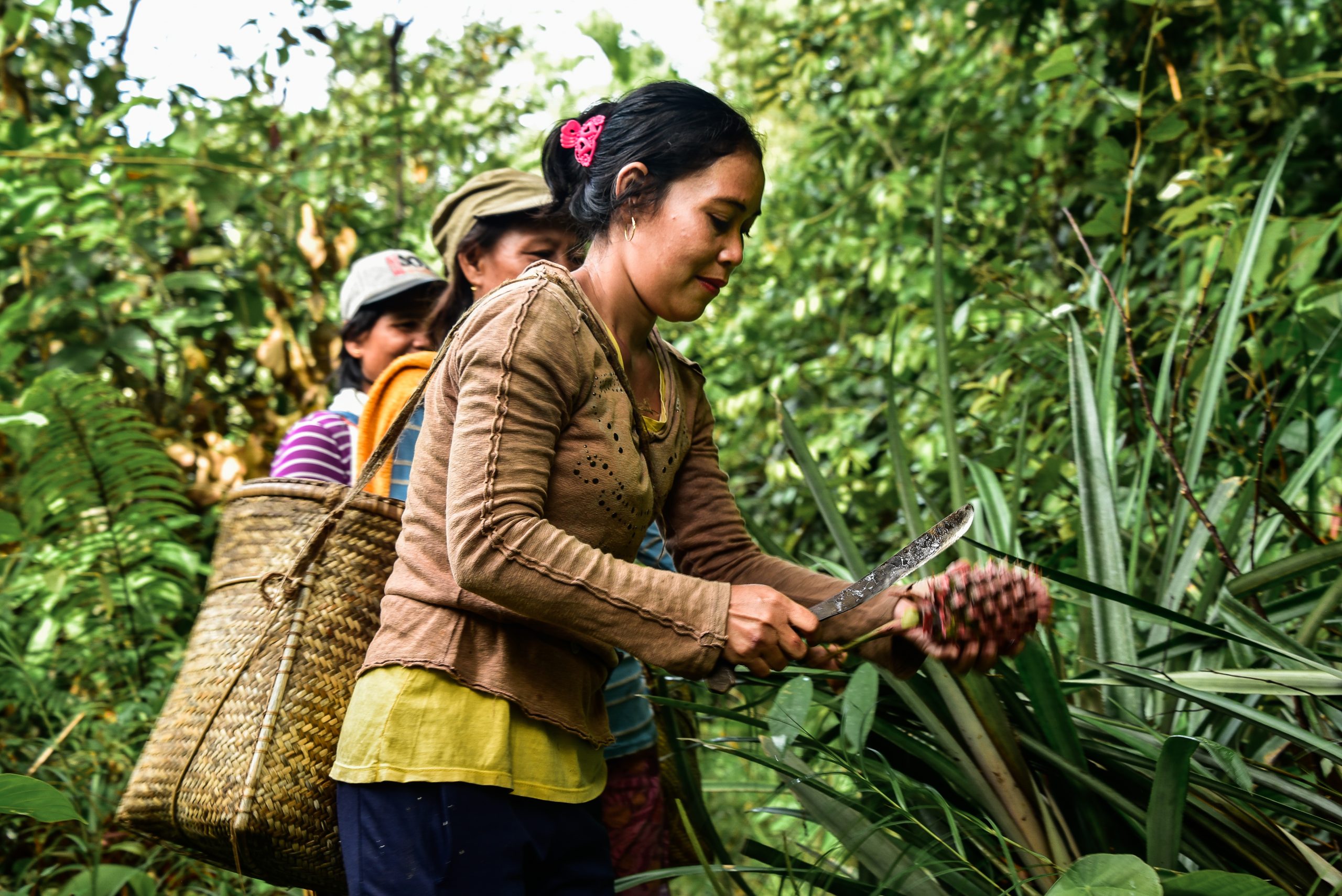
Help community representatives participate in the multi-stakeholder process. A company can offer financial support, compensating the most vulnerable community members (e.g. women, tribal or ethnic minorities) for any time away from their job or family that they invest in the landscape/jurisdictional process. It can also pay for live or written translation, to overcome language barriers to participation.
- Once in attendance, previously marginalized community representatives may often also need encouragement to speak openly and often. Companies can help create space in meetings for active participation by reserving them special time to voice their opinions, then ensure that what they say is respected. To that end, one helpful guide can be found in Tools and best practices for ensuring public participation in Environmental Impact Assessments.1
External conditions that improve likelihood of success
- A multi-stakeholder body represents the key actors in the landscape/jurisdiction
- Community organizations exist, and represent the interests of marginalized groups
- Communities see pre-identified and clearly communicated incentives to engage in the process
- Facilitators trained on public participation best practices are available to ensure a transparent and robust system for informed consent of vulnerable communities
- Communities and the company (or an intermediary NGO or CSO) enjoy an established and trusted relationship
- Parties have a strong understanding of socio-economic profiles of community groups and their involvement in land use issues
The business case for this intervention
- Active and effective community participation in landscape/jurisdictional planning and implementation often helps a company to achieve its stated sustainability/sourcing goals and targets.
- Catalyzing community participation in a multi-stakeholder process increases the likelihood that the solutions it advances will receive community buy-in and support, lowering risks of future conflicts.
- Direct support for community representation and participation can improve a company’s reputation and enhance its social license to operate.
- Direct engagement of communities in the multi-stakeholder process may accelerate solutions for land ownership, access to credit, and loans in countries where land tenure is not fully developed.
1 PACT has published a number of reports on public participation in EIAs, including one for the Mekong region as part of the Mekong Partnership for the Environment: https://www.pactworld.org/library/guidelines-public-participation-eia-mekong-region.
Share spatial data and land management plans with other stakeholders involved in landscape/jurisdictional land use planning and monitoringDuration of engagment
Short (6-12 months to gather data; 1 month to share it)
Cost
($)
Staff time to gather the data and attend workshops
($)
Staff time to share the data and address any resulting questions
($)
Organization costs to setup and participate in data sharing workshops
($$)
Legal agreements and NDAs surrounding the use and sharing of spatial data
In the real world
Sharing spatial analysis to address encroachment
In West Africa, Touton works with Rainforest Alliance to generate useful data about the farms from which it sources cocoa. Their collaboration runs analyses on the polygons that represent cocoa farms using geospatial and remote sensing data. These analyses determine the risk of encroachment in national parks and monitors real-time deforestation at the plot level. Developing this spatial data not only helps Touton address local deforestation in its own supply chain, but can also be shared with other relevant stakeholders to support land use planning and monitoring at larger scales.
A collaborative list for tracking palm oil origins
A growing list of companies, including traders like Wilmar and Musim Mas, and downstream buyers like Ferrero and Nestlé, have made publicly available the list of mills from which they or their suppliers source palm oil. In 2018, a group of non-profit organizations (World Resources Institute, Rainforest Alliance, Proforest, and Daemeter) aggregated these data for the first time in the form of the Universal Mill List (UML). The UML is a collection of palm oil mill locations around the world, which can be sorted by group, company, mill name, RSPO certification status, and unique “universal ID”. Companies aren’t the only ones contributing data to the UML. The RSPO, FoodReg, government entities, and supply chain researchers regularly add new spatial data, update information, correct mistakes, and weave in extensive records. Even smaller companies have provided tabular data on their websites regarding mill names, locations, and parent companies. The objective of the UML is to provide an accurate, comprehensive, common dataset of, by, and for the palm oil industry that can easily identify mills across various platforms and enhance reporting efforts.
Connecting the dots on sourcing beyond palm oil
A few companies, such as Unilever, have followed up this early data transparency push by publishing lists of their global suppliers for other commodities like cocoa, soy, paper and board, and tea. Cargill publishes a map that shows the name and location of the cooperative offices and buying stations in Côte d’Ivoire and Ghana from which it directly sources cocoa.
Key points for companies
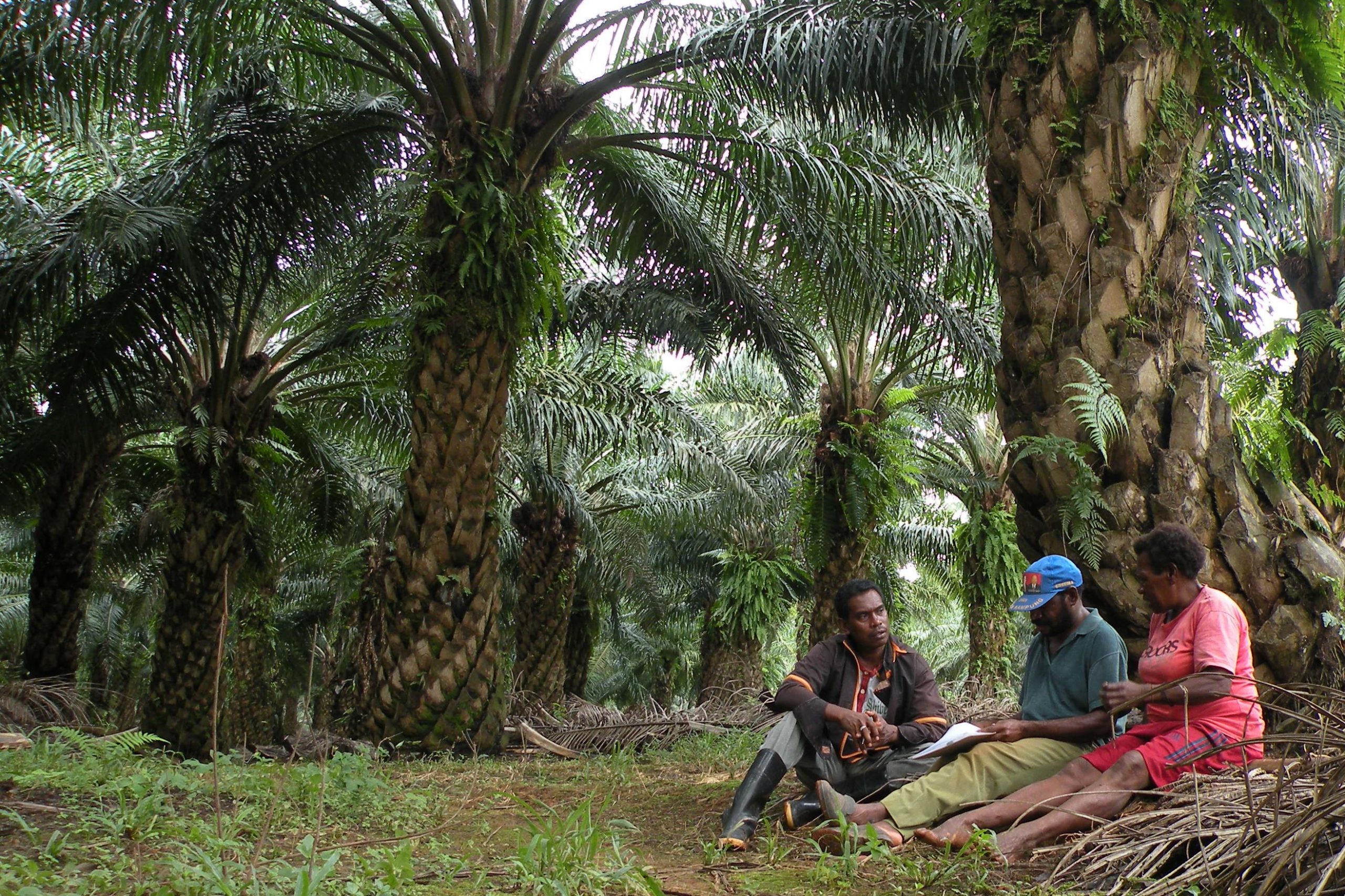
Identify which company data other stakeholders could use to improve landscape/jurisdiction-level sustainability. Local stakeholders often lack a complete picture of land-related ecological, ownership, and use characteristics or dynamics, which impedes the ability to plan, execute, and monitor progress. Companies that possess these data or that have influence with those who do can fill important gaps in information.
- The data need not be proprietary. Companies can bring even relevant public information to the attention of other stakeholders unaware of it. For example, Global Forest Watch provides data on tree cover loss and instances of fire, which can be analyzed within any jurisdiction to determine where there may be deforestation hotspots or risk. Such data help inform land use planning decisions as well as monitoring and enforcement activities.
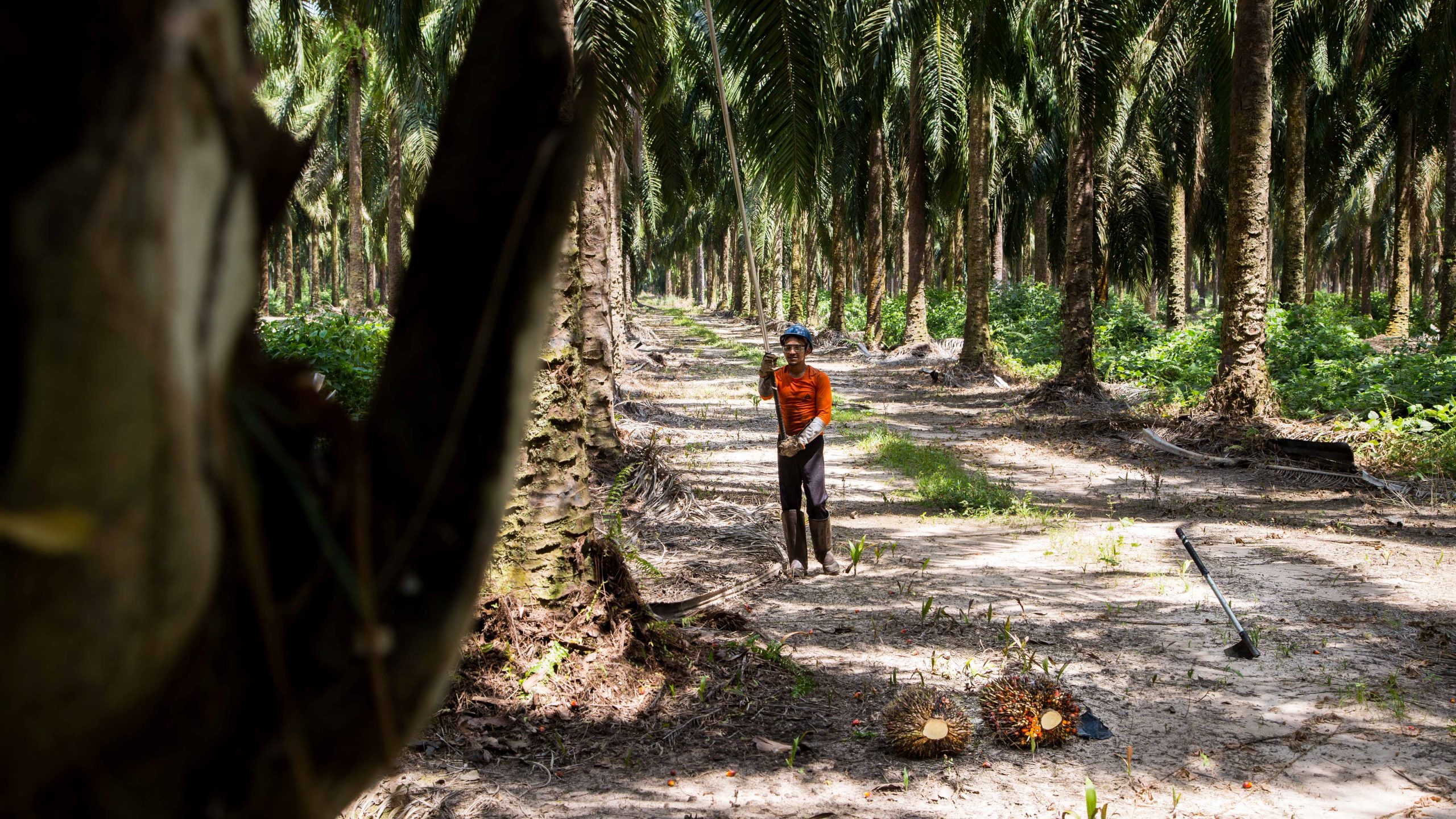
Data might be held by farm/concession managers if the company is a commodity producer, by the procurement or sustainability teams if the company is an upstream commodity buyer, or by producers and traders in the company’s supply chain that operate in the jurisdiction.
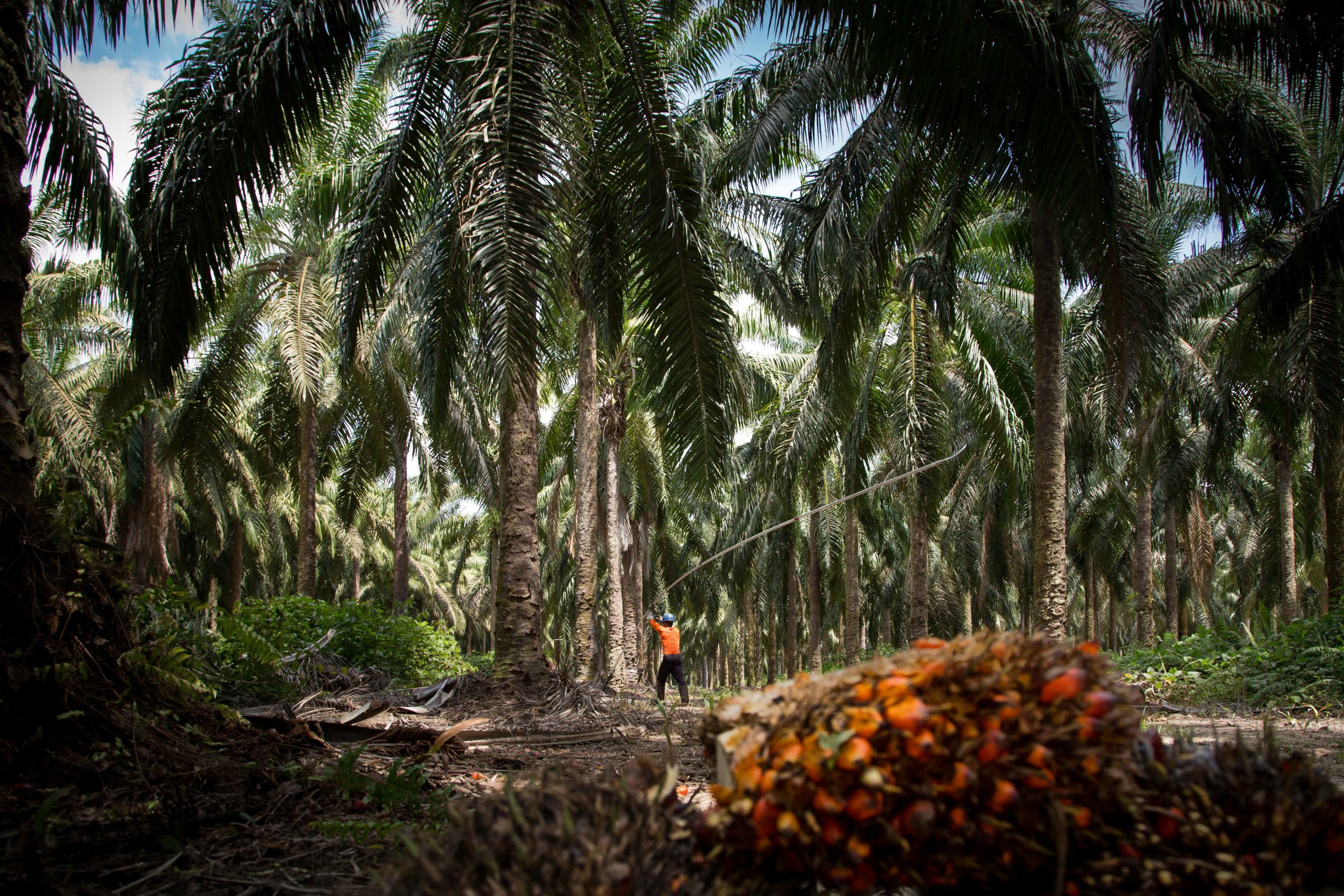
Relevant data could include:
- Boundaries of farms, ranches, forest management units, or concessions – including those managed by the company and by independent smallholders
- Coordinates of mills or other processing facilities
- Geological, water, or other biophysical data
- Maps of community lands and areas with important environmental attributes (e.g. High Conservation Value areas or High Carbon Stock areas)
- Management plans for land overseen by the company or by its suppliers
- Historical maps or other records of ground cover and land use that could help establish trends over time
- Non-competitive information on crop production, soil productivity, and/or conservation needs that could help identify good production practices
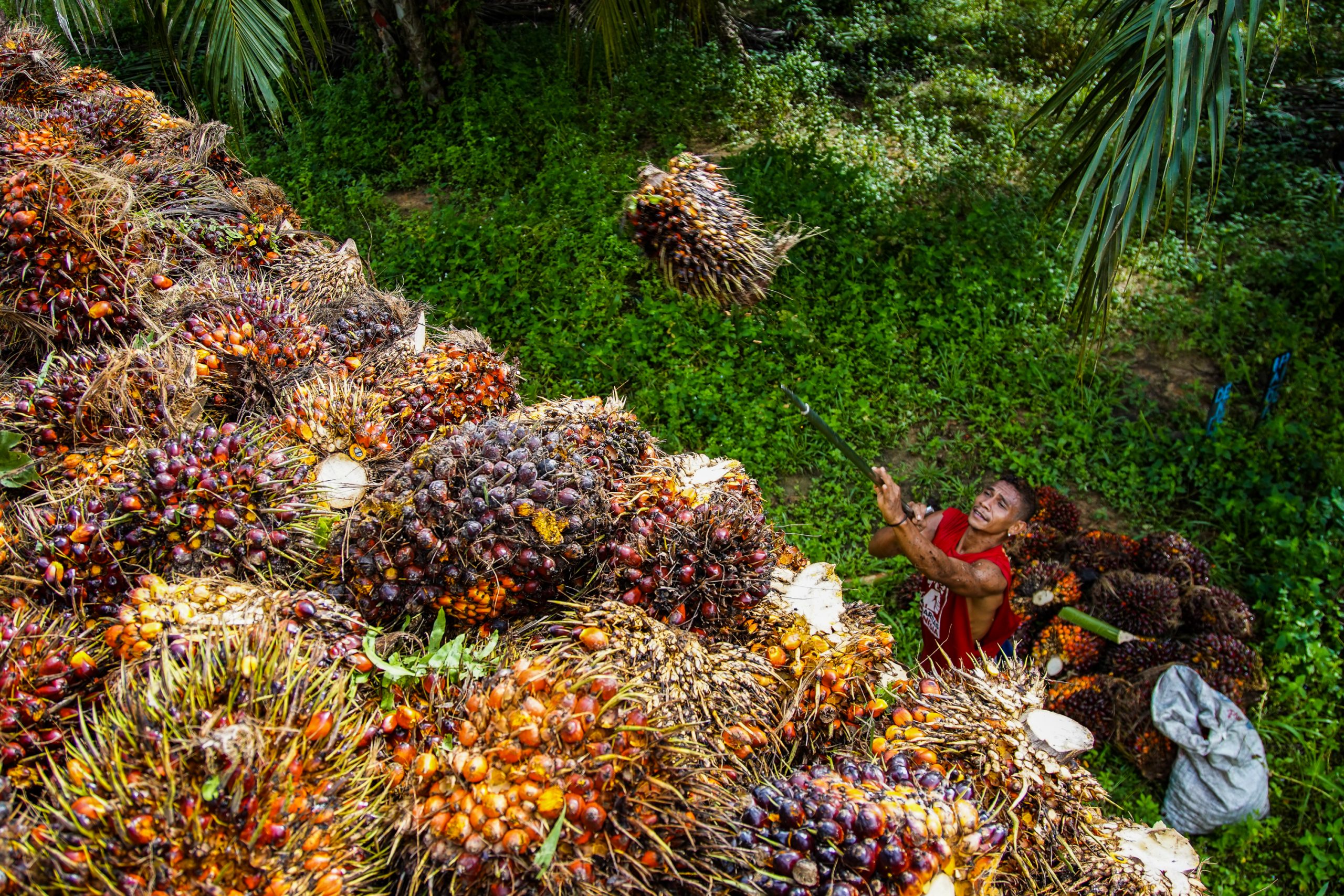
Data sharing can pose challenges both for local actors and to the companies that share. To mitigate these risks in advance, companies should:
- Follow national guidelines, particularly when sharing farm boundaries, and apply proper social and environmental safeguards to minimize impacts on local communities
- Draft agreements that define who can use the shared data, and how
- Aggregate contributions so that only consolidated data are made publicly available, with identifying information stripped out
- Limit sharing of the most sensitive or controversial data with only those government actors engaged in land use planning or enforcement (e.g. ministries of agriculture, forestry, environment, rural development), using non-disclosure agreements (NDAs) to ensure confidentiality of data that informs landscape/jurisdiction-level planning efforts.
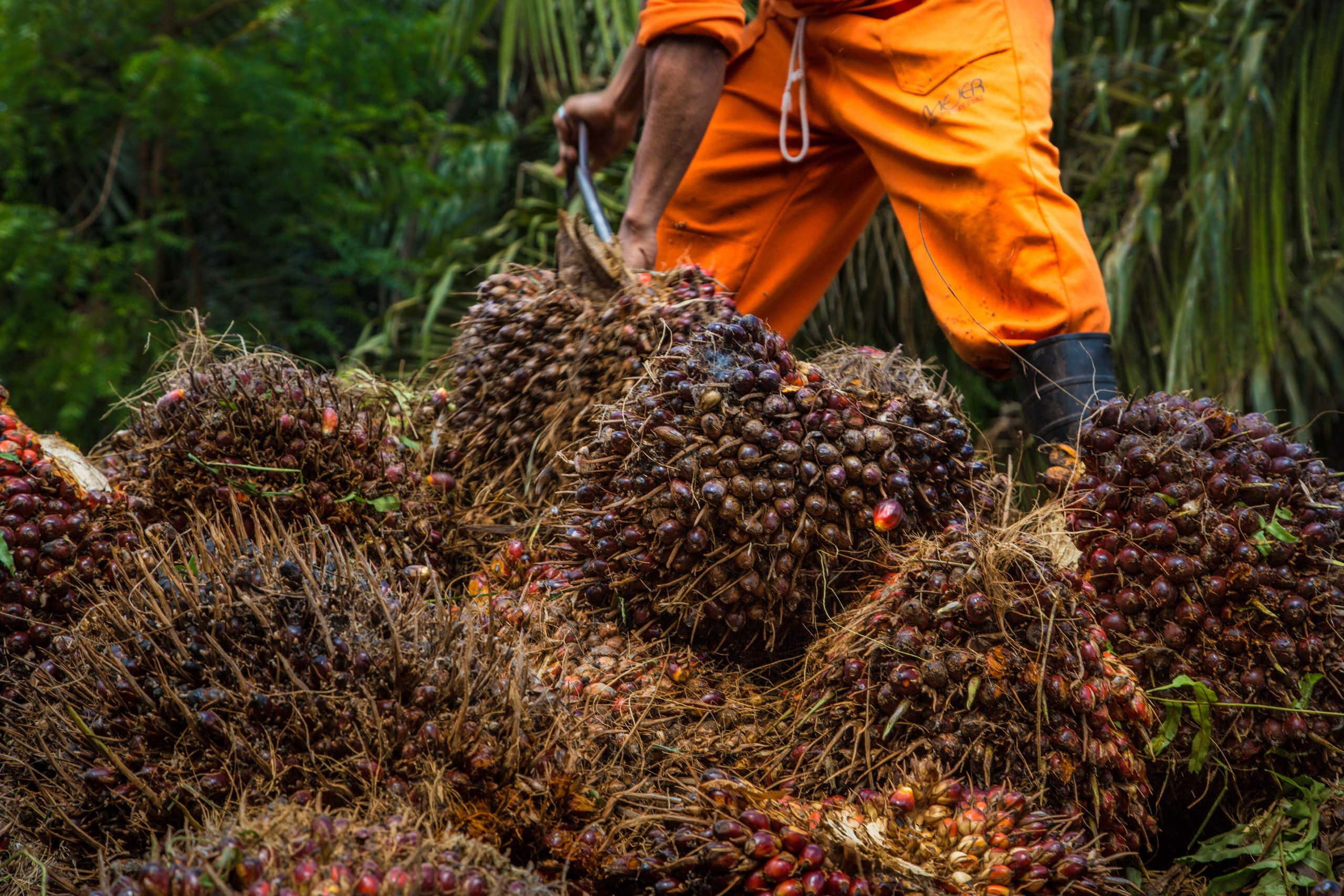
Data should be shared with the multi-stakeholder body representing key actors in the landscape/jurisdiction to guide discussions about setting targets, planning land use, and implementing decisions (see “Co-design jurisdictional goals, key performance indicators (KPIs), and implementation strategies” and “Support development of a robust landscape/jurisdictional land use plan”). A robust conservation or restoration plan will take into account data about the relationship between priority conservation areas, production areas, and processing facilities. Likewise, access to these data will enable the government or other stakeholders to monitor implementation of landscape/jurisdictional action plans and progress toward achieving KPIs.
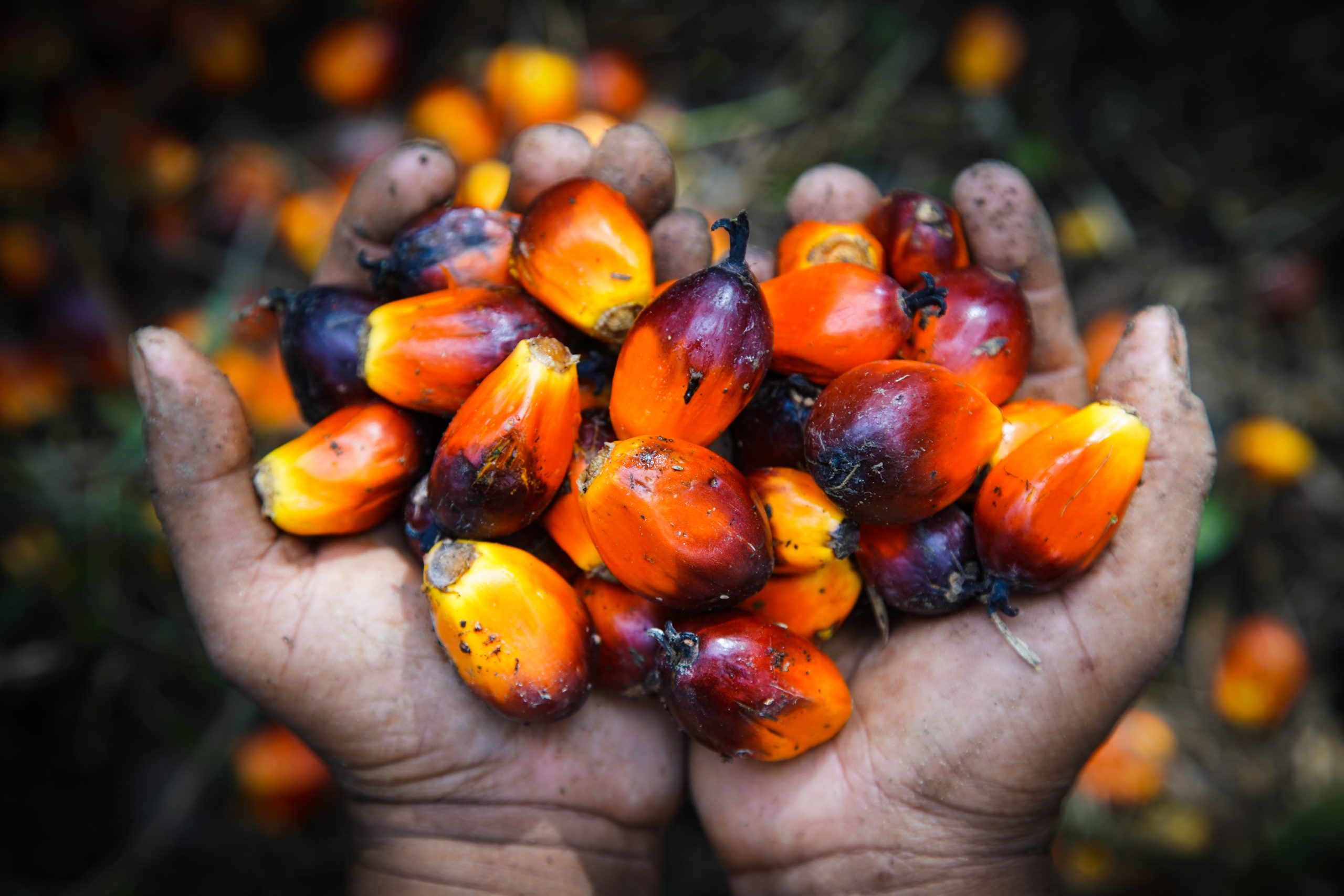
Share data in formats that match those used to develop or monitor progress toward meeting landscape/jurisdictional outcomes (ideally digital; sometimes printed maps or written descriptions are handy).
External conditions that improve likelihood of success
- Robust data management policies and metadata standards
The business case for this intervention
- Sharing data is an inexpensive way to show leadership while building trust with other stakeholders, advancing a culture of transparency, and encouraging others to share their own data. Companies are also in a position to determine who will gain internal or external access to confidential data, and for what purpose.
